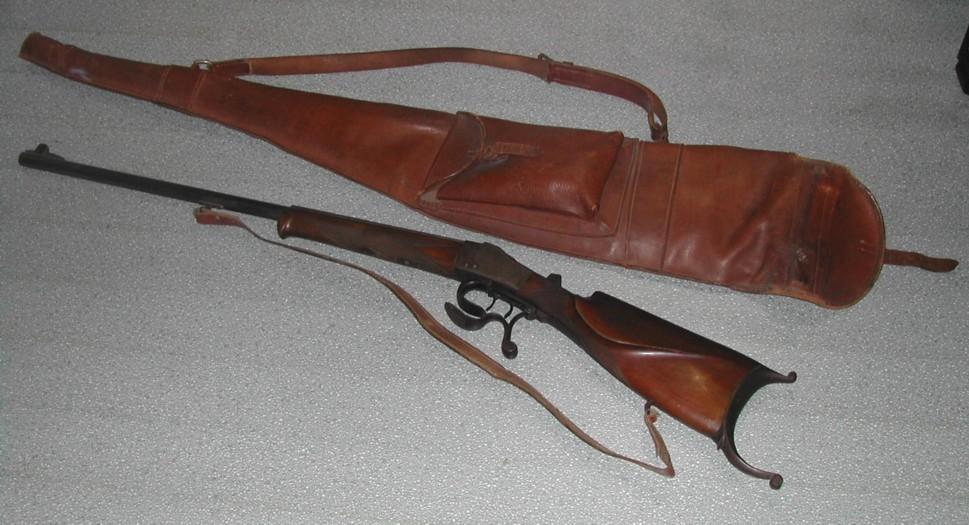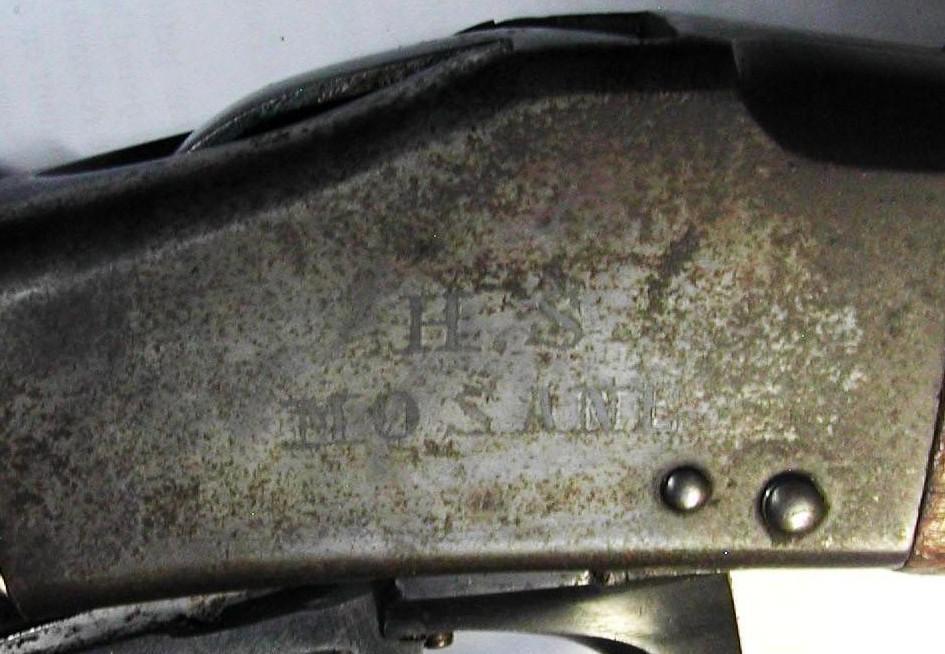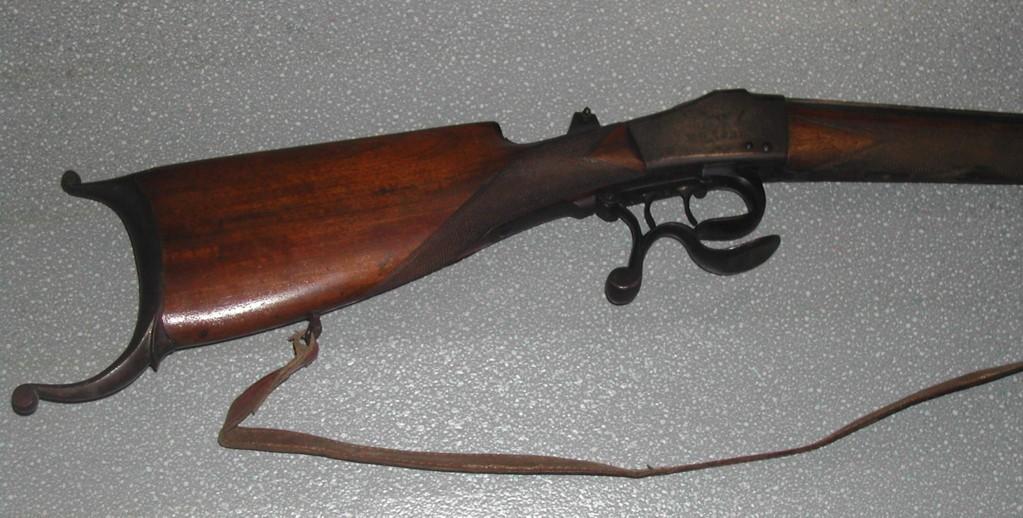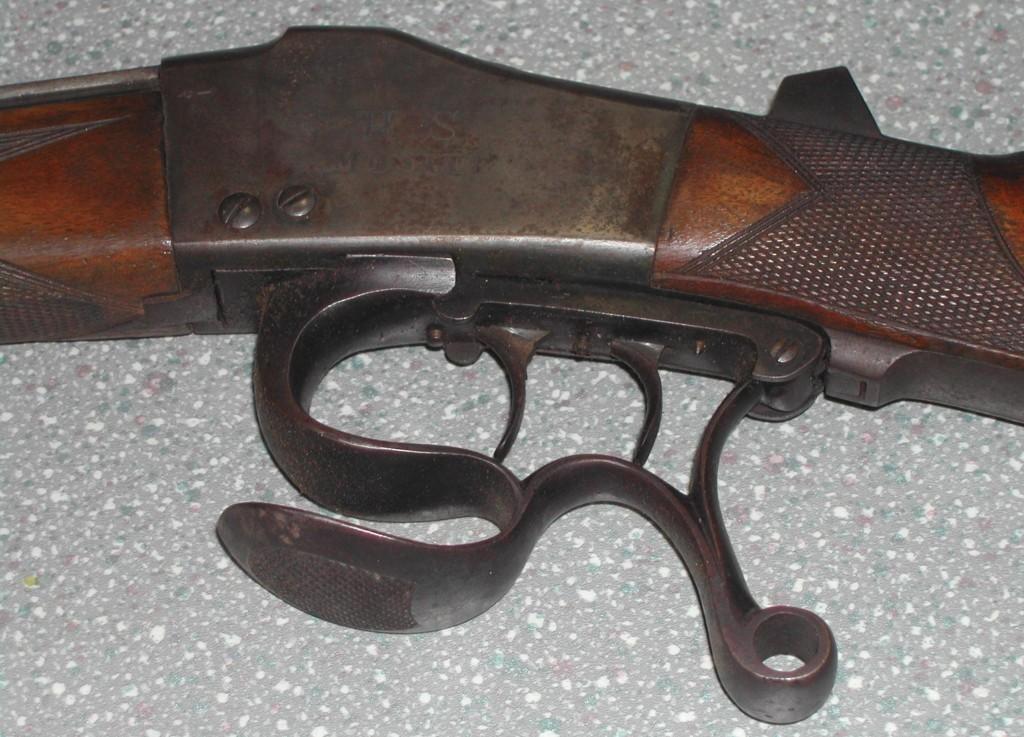Some of the most beautiful work of this craftsman, and many others, are in this book “Liège Gunmakers through their Work. 1800 - 1950”.
For more detail see: LIEGE GUNMAKERS
Sauveur Henri
It is a Comblain musketon model 1871-1883, originally
in caliber 11 mm (11x43), converted by Henri Sauveur in caliber .22 short.
The weapon bears the hallmarks of the Liège proofhouse:
ELG* in a crowned vertical oval: definitive acceptance,
in use from 1893 to 1968
C*: controller's countermark, in use from 1877 to 1968.
The .22 C (short) caliber (it would have been wise to
disassemble the barrel in order to clear the barrel and thus better see the
punches).
Henri Sauveur fils & Cie was registered in the
proofhouse between 1908 and 1938. It seems that it began its activities in 1903.
Among other things, it
produced precision weapons, rifles and pistols (Henri
Sauveur was an excellent shooter, champion
of Belgium in 1913, 1926 and 1927). Belgian champion Paul Van Asbroek won medals
at the Olympic Games in Paris in 1900 and London in 1908 with
Henri Sauveur
pistols. But it also transformed old military weapons into a sport or pleasure
weapon, such as the carabiner used by the Belgian cavalry until the early 1900s.
A new .22 short barrel has been introduced into the old
one (11 mm). In addition, the mobile trigger guard has been fitted with a
Winchester-style extension to make it easier to operate.
Finally, the hammer has also been modified, but we
don't see it in the pictures.
It is not impossible that the buttplate retained the
number of the weapon and the letter of the regiment (cavalry) to which it
belonged.
GP
Here is the patent that was
filed on March 4, 1883 under No. 064363 which concerns the modification of this
Comblain,
it is not a
Sauveur patent,
but rather the
L'Honneux patent.
Now, of course, we can't
dispute that
Sauveur is the
manufacturer.
Patent wording: " Un système de tube à capsules, avec broche percutrice
applicable aux fusils Comblain ".
Max

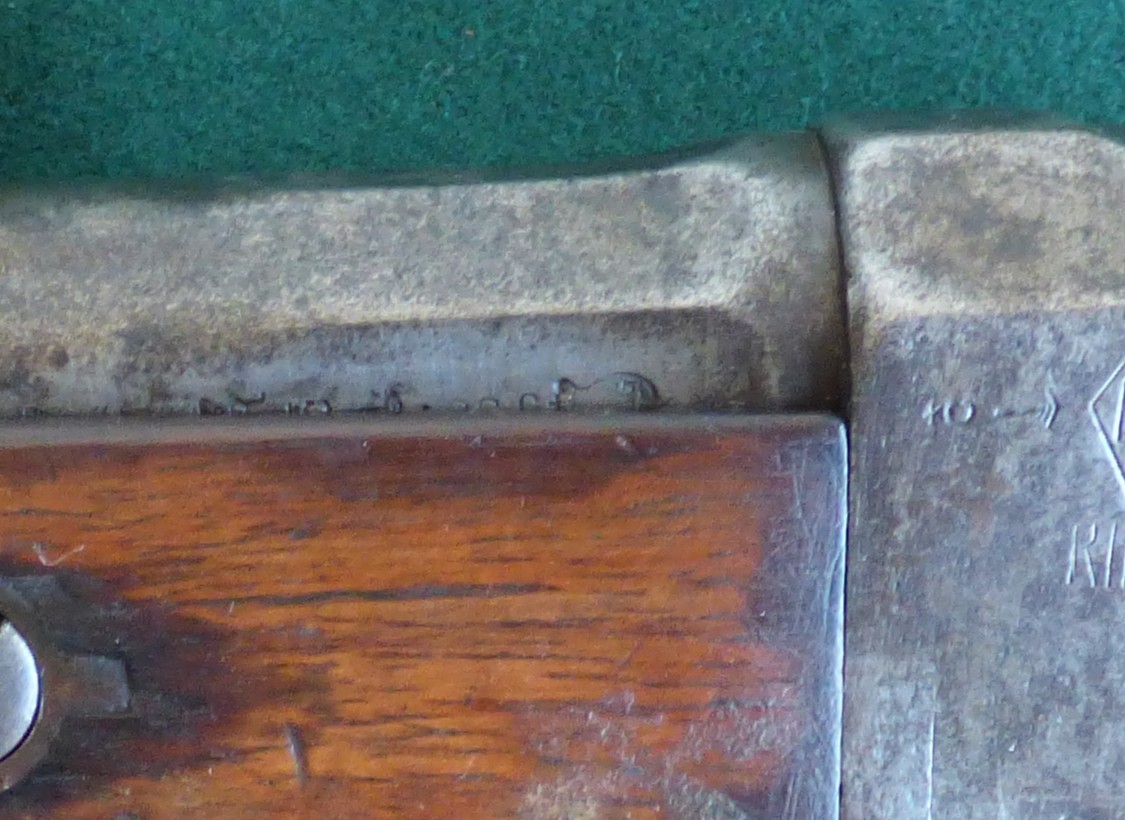
Sauveur Henri
It is about a gun of shooting of precision of mark
Henri
Sauveur in Liège.
This
weapon is in gauge 22 Long Flobert.
The
anatomical stick is obviously posterior with the manufacture of the weapon.
The enclosure is a page extracted the catalogue
Sauveur
of 1907 showing various types of guns of shooting.
The weapon carries the punches of the bench of tests of LIEGE, namely:
ELG* in a crowned oval: final acceptance post 1893.
AB*: countermark of the controller post 1877.
R crowned: rifled bore, of use of 1894 to 1968.
Peron: inspection post 1853.
The weapon also carries two marks to knowing:
HS in a
rhombus:
mark of factory of
Henri Sauveur.
FL 22 L: gauge.
GG


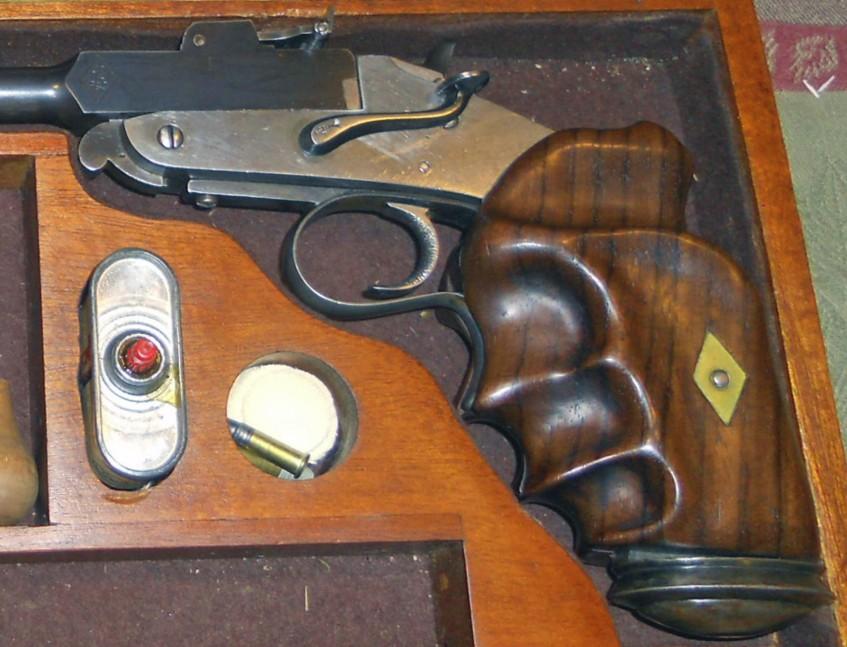
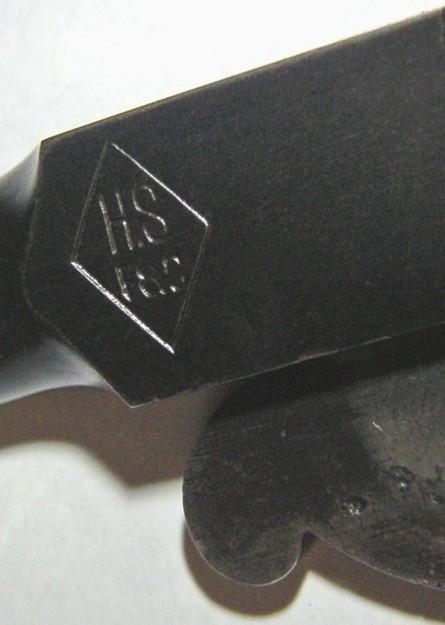

Sauveur Henri & Fils
Here is a
beautiful shotgun juxtaposed with the plates nicely engraved, carried out by the
company of Liège Henri Sauveur et Fils (BE 1908-1938), more known for its
weapons of shooting.
See
the book
"Liège Gunmakers through their work" by Alain Daubresse.
The
markings
Annal
letter "i": letter for the year 1930 ;
X under star: countermark of a controller, in use between 1877 and 1968 ;
Lion on PV : smokeless powder test, in use between 1898 and 1968;
ELG on star in crowned oval : acceptance, in use between 1893 and 1968;
1kg346:
weight of the barrel that can fire smokeless powders, in use since 1924;
12-70 in omega lying: nominal size and chamber length, in use since 1924 ;
Perron: inspection, in use since 1853.
GP

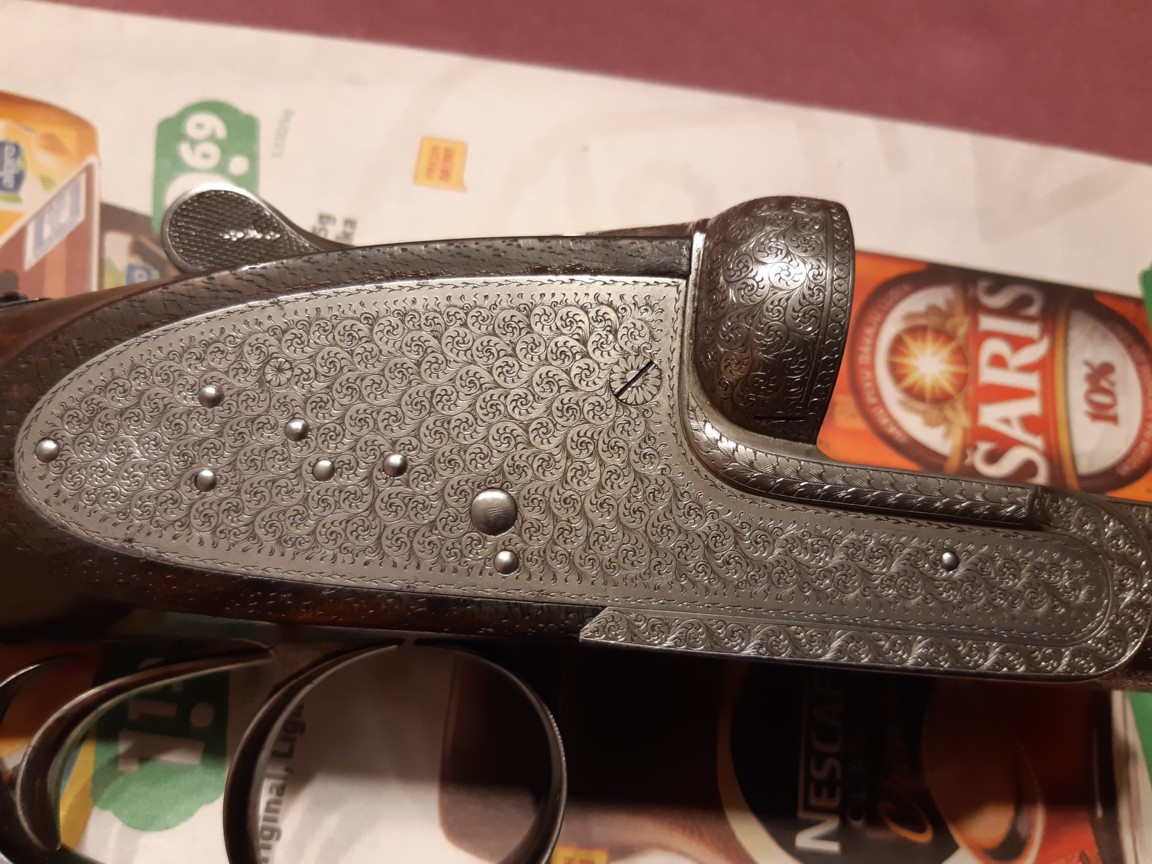
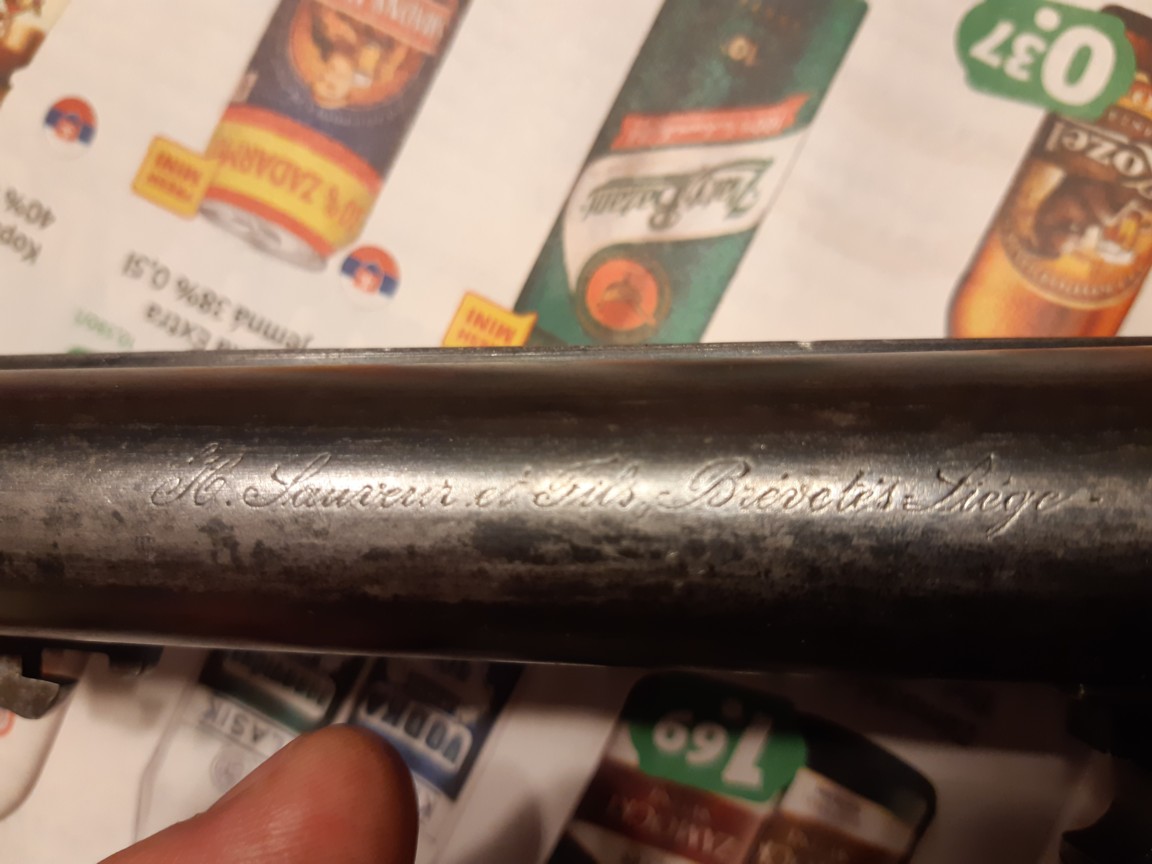
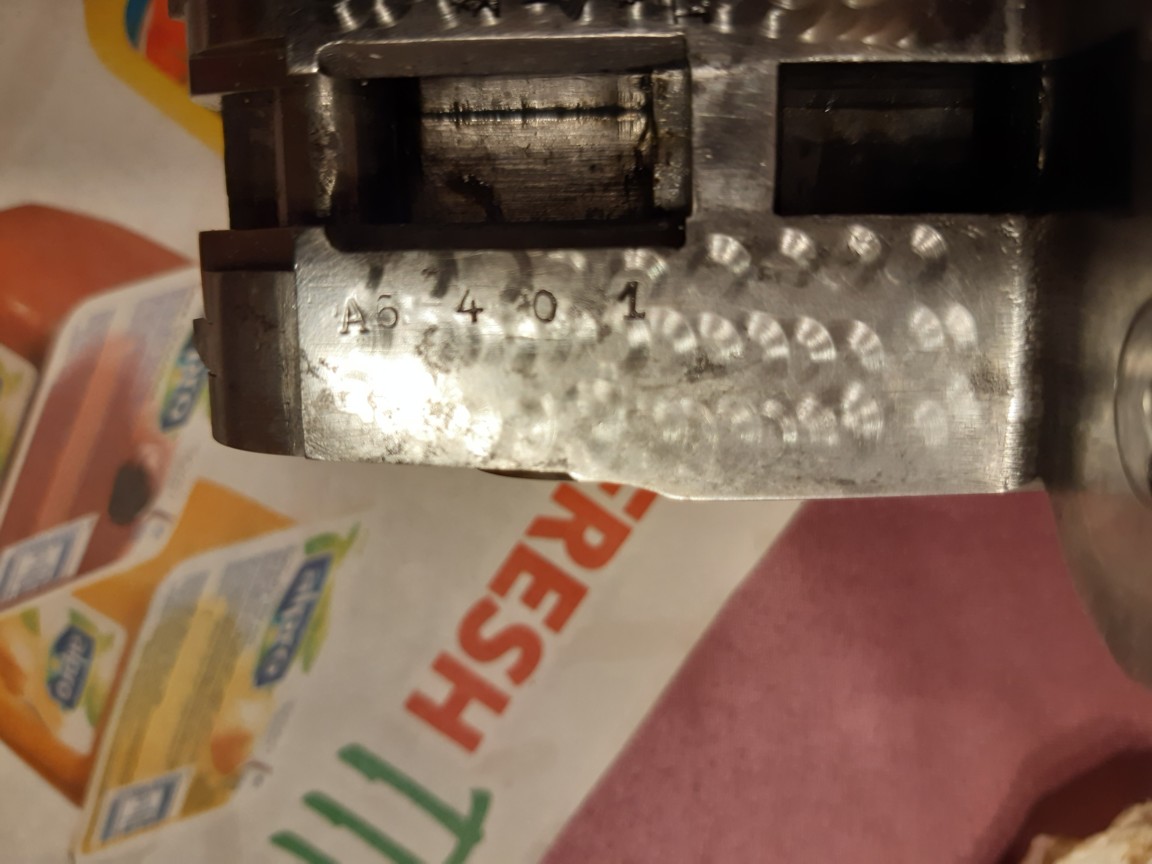
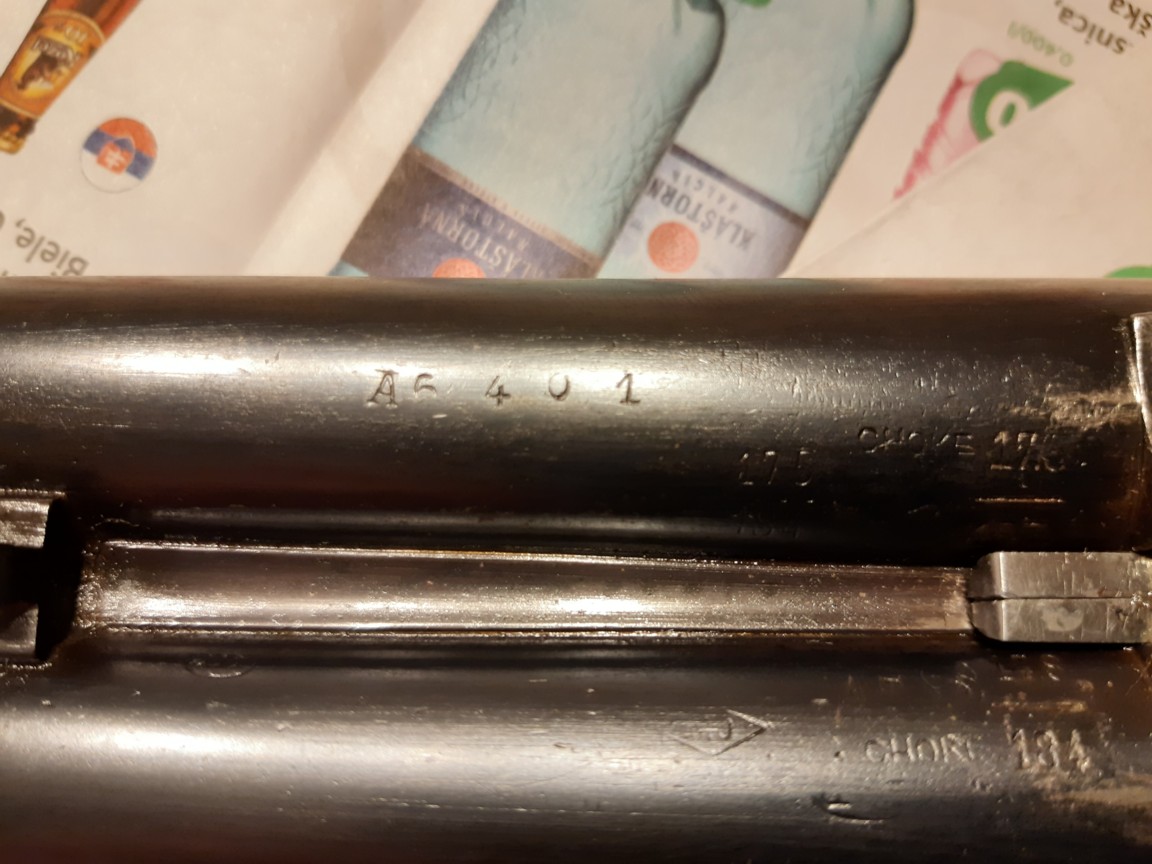
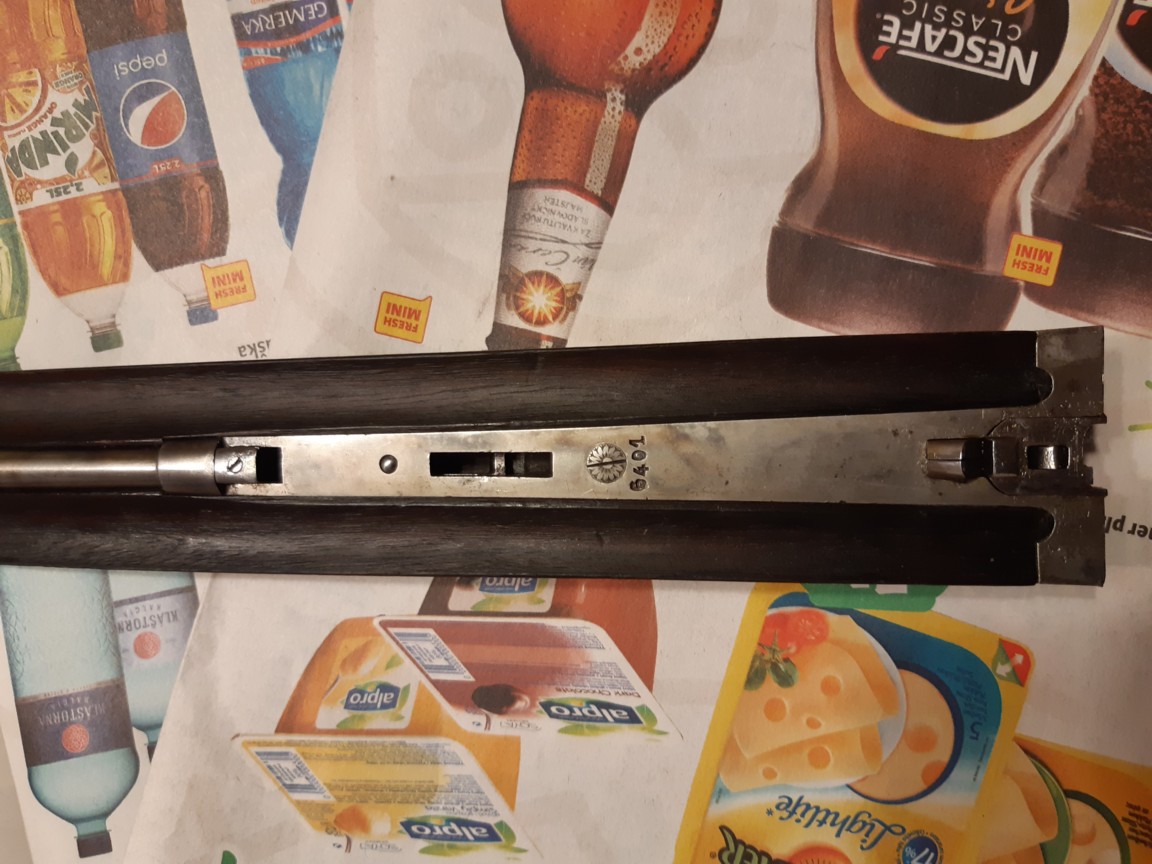
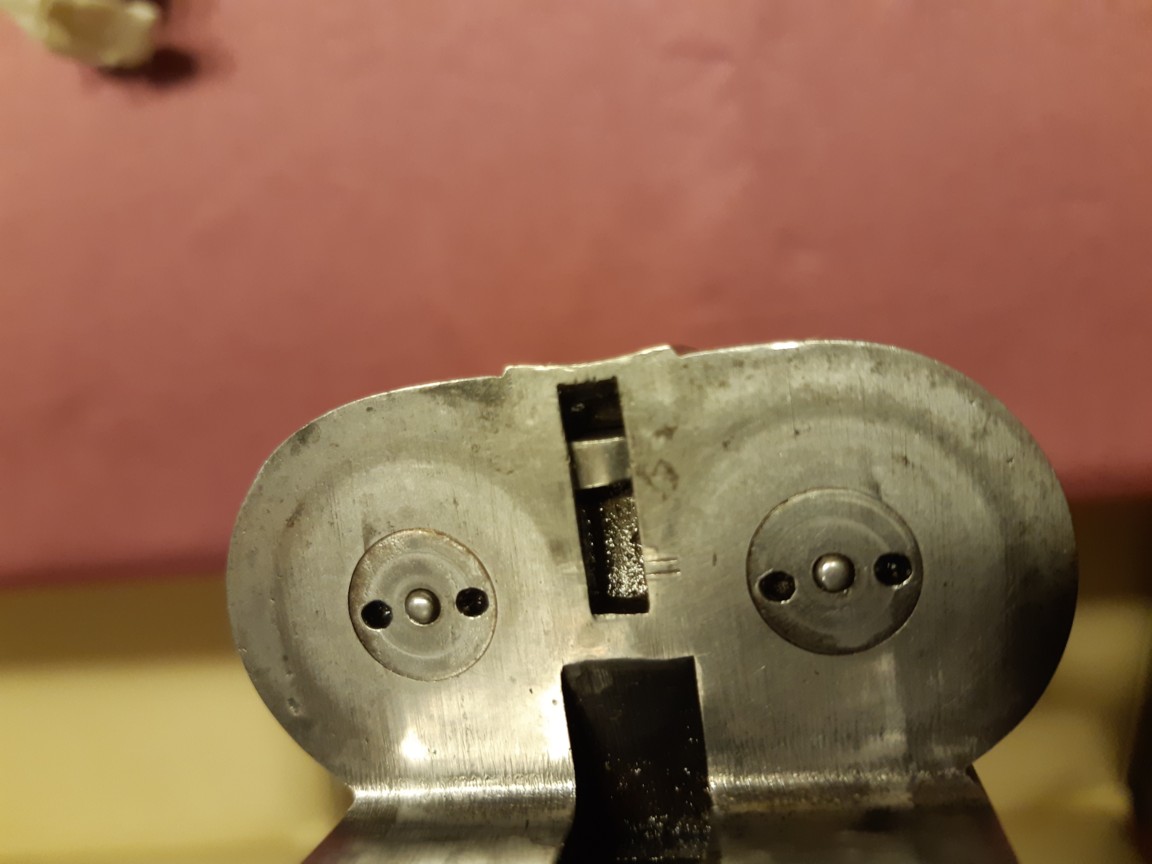
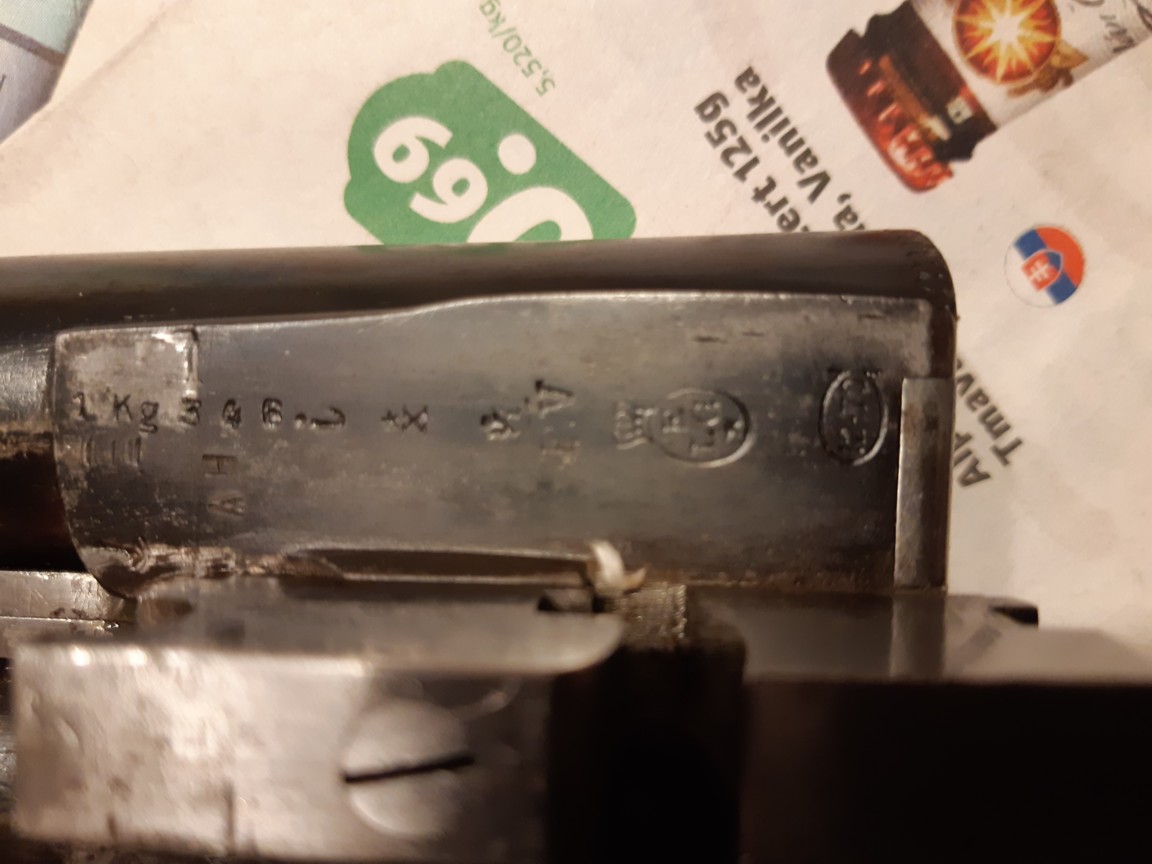
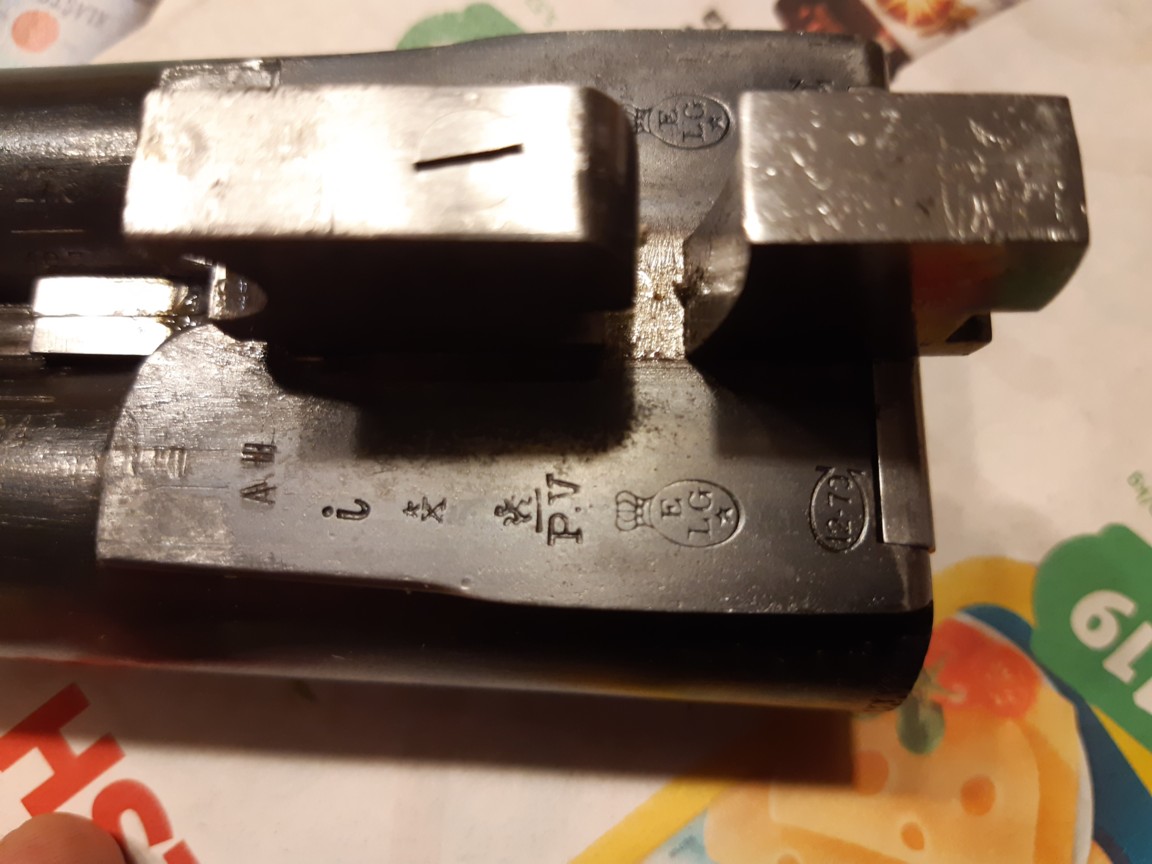
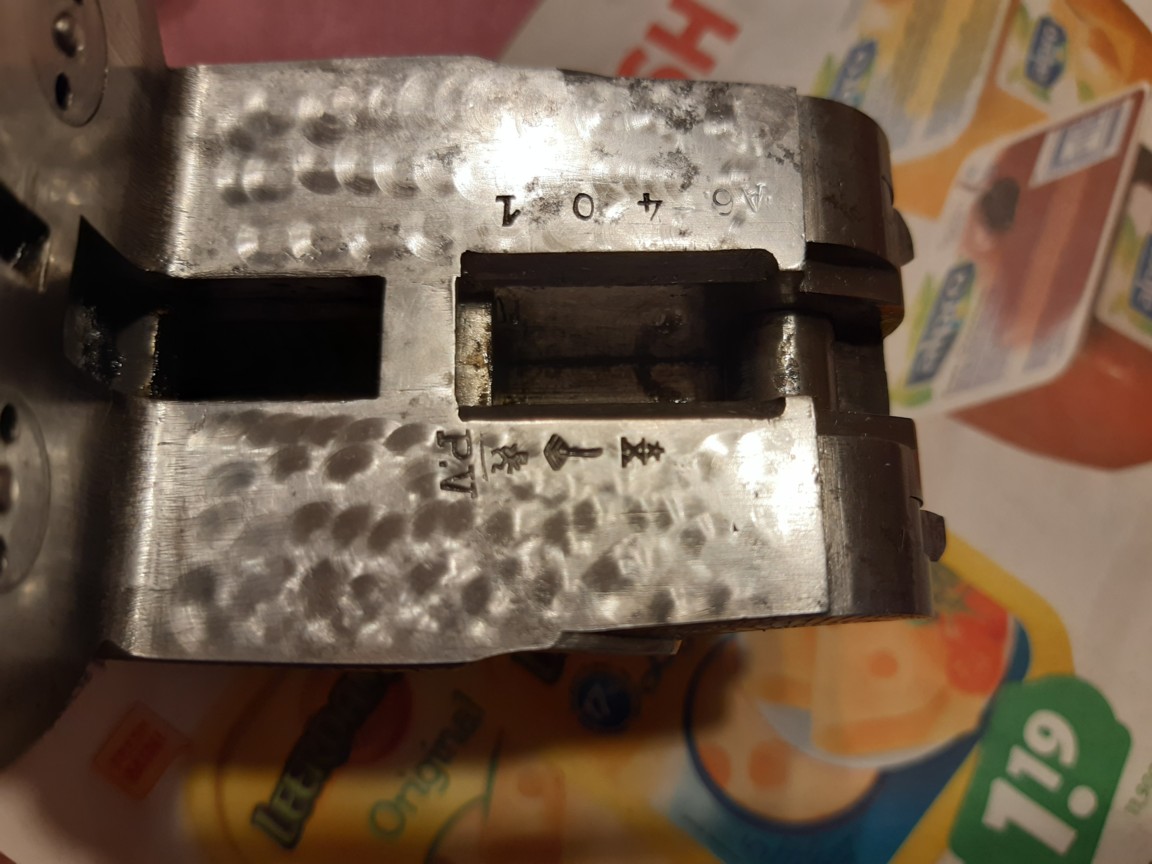
Sauveur Henri
Owner's note
Single-shot sports pistol with an adjustable Stecher and adjustable sights in
height and side.
Prototype with serial number 1:
Caliber: .22 l.r.
Manufacturer:
Sauveur-Bayard,
Liège (Liège in Belgium).
Henry Sauveur's
test model.
Technical:
Opening and closing of the chamber by a lever on the
left side. Locking based on the
Pieper Bayard
system of 1912.
Year of construction: not obvious, around 1912
Serial number : 1
Markings:
Manufacturer's name
Sauveur Bayard
on the top of the chamber.
Manufacturer's initials
H.S. (Henry
Sauveur) below the barrel.
Serial number "1". Below the barrel, ELG, crowned R, indication of calibre FL
.22.
Old British markings "BV under crown, indication of caliber, 22 l.r. and
indication of origin Not English Make".
Overall length: approx. 519 mm
Length of barrel: approx. 358 mm
Literature: Brukner/ Halfmann: Die scheibenpistole, Stuttgart 2004, page 119.
He describes this part precisely with the serial number 1.
Indeed, this pistol seems to reproduce in its entirety the automatic ejection
mechanism of the 1912 Bayard rifles and pistol... and it does not appear
anywhere in the catalogues that we have.
Hypothesis:
H.Sauveur
bought one or more full shares from the
A.E.P.
(Anciens Etablissement Pieper) to mount
them on grips of his manufacture and then equip them with a micrometric increase
in precision in order to make them match weapons.
Since
Bayard was a
registered trademark - especially in 1912 - he was probably obliged to indicate
Sauveur-Bayard on this pistol.
But of course this is only a hypothesis and, as they say, the mystery remains...
Michel
Comparison between this weapon and the Pieper
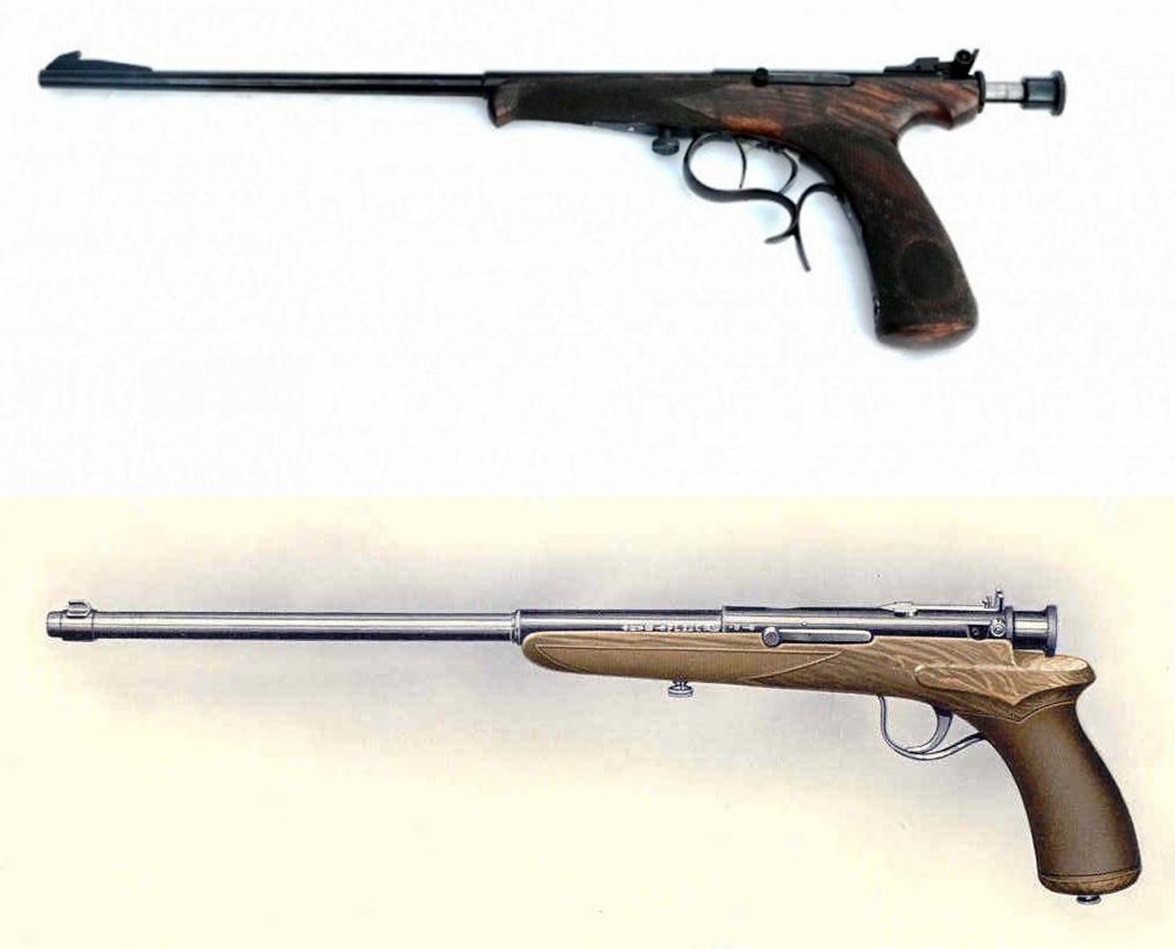
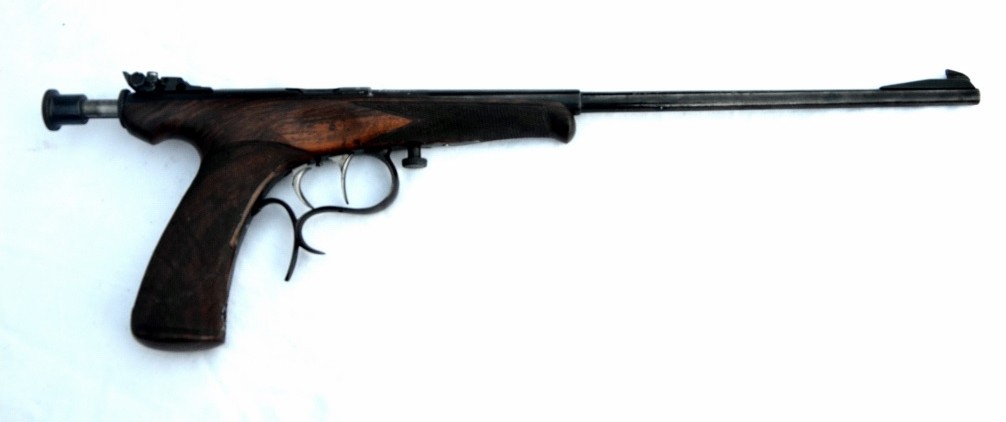
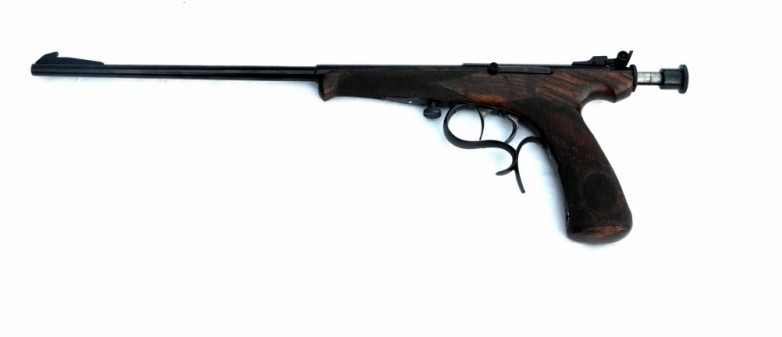
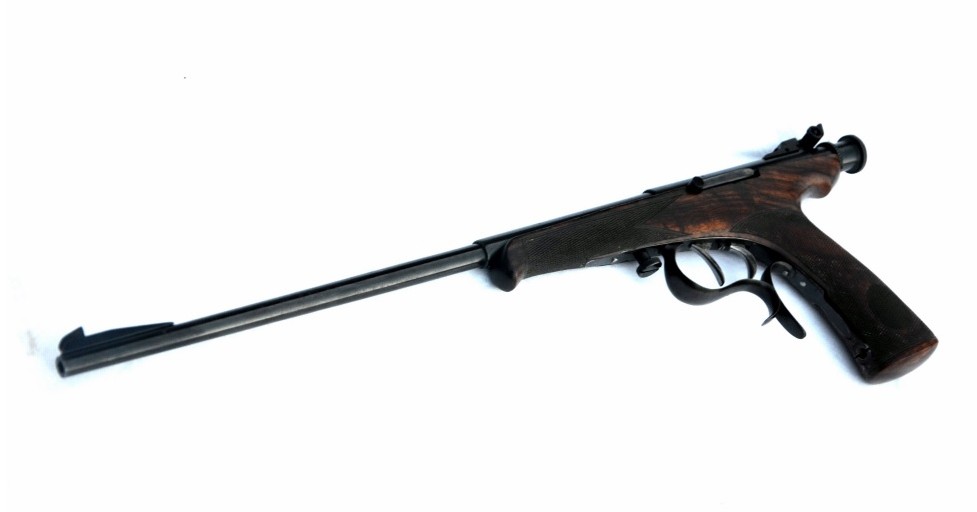
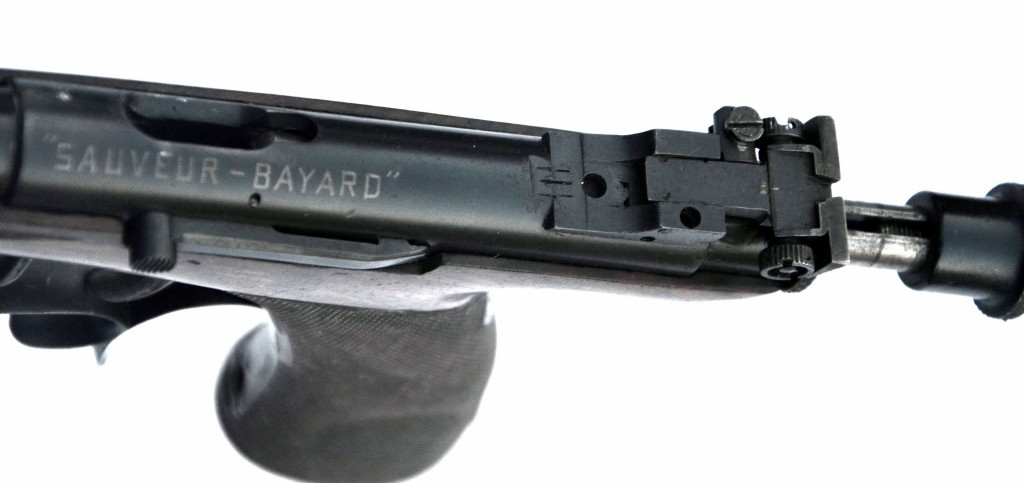
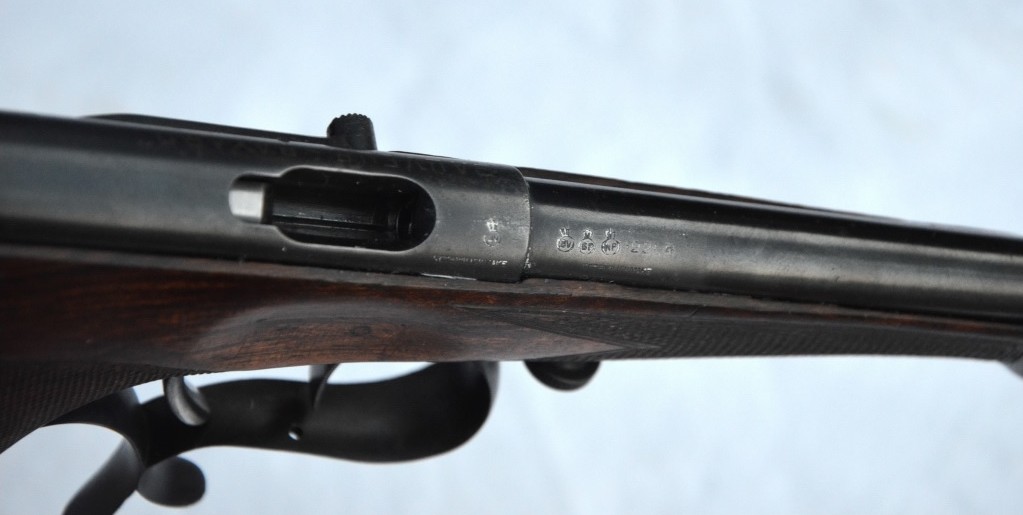
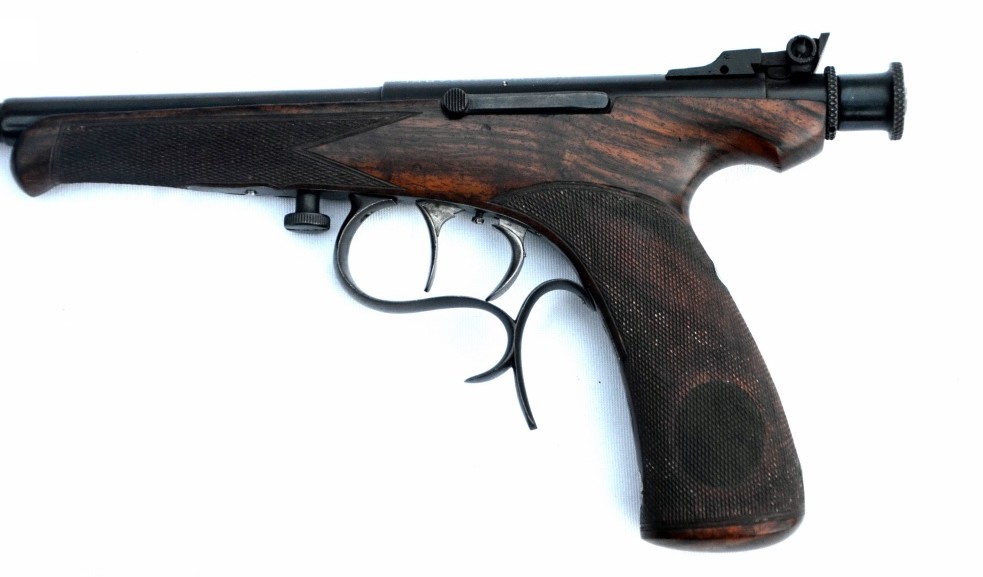
Sauveur Henri
Here is a very beautiful
shotgun with locks and two pairs of barrels of the Henri Sauveur company.
A similar weapon appears
in a 1928 catalogue of the Sauveur house, with another engraving. Unfortunately,
we found nothing on the engraver N. Demarteau. Although the name is well known,
it refers to engravers from the end of the 18th century. The two pairs of
barrels were tested in Liege and Ferlach in Austria.
One of the pairs comes
from Jean Falla, arms and cannon manufacturer in Liege, rue Bonne Nouvelle 35.
He used in particular the registered and engraved trademark "Eagle's head - CAP
JF compressed steel", a high-strength steel used in the manufacture of
extra-light barrels.
And the other one from
CAP Joseph, manufacturer of barrels of rifle, rue Jonruelle 62 in Liège.
We have a pair of
barrels with annual letter "h" for 1929 and another pair with annual letter "m"
for 1934 which was also tested in Ferlach in Austria. One can either think that
the . 405s were not easy to find in Austria, so a pair of 8 x 60 (probably RS)
barrels was made, or that the lucky owner also wanted to shoot another type of
game.
GP with HPH et PHL
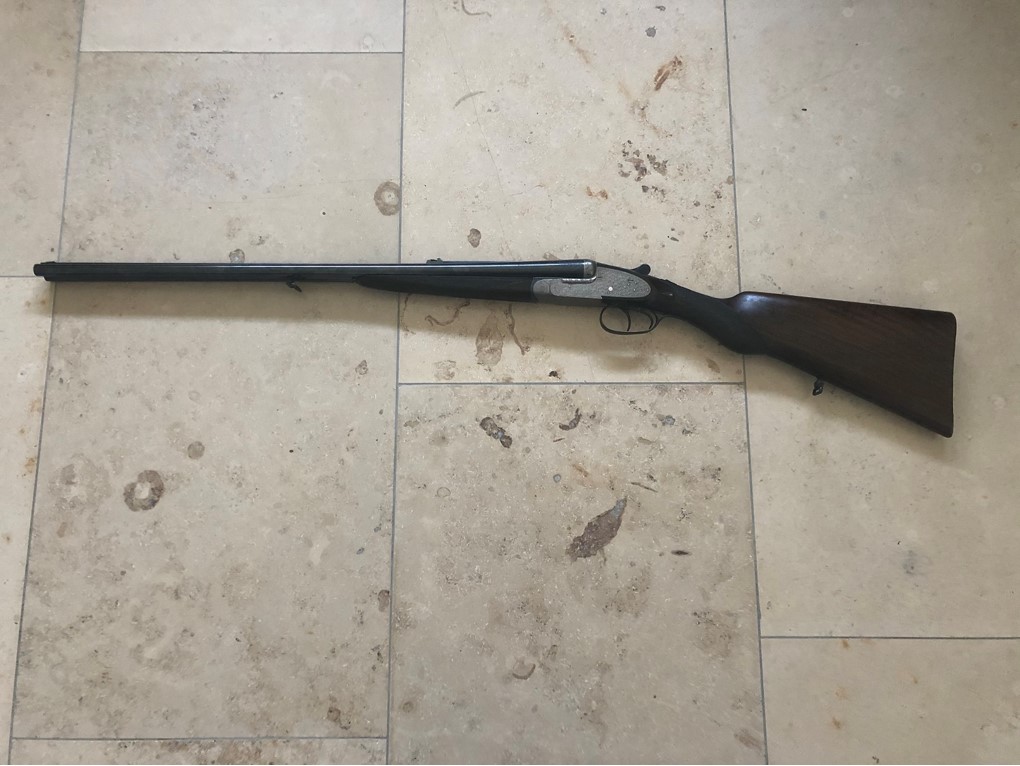
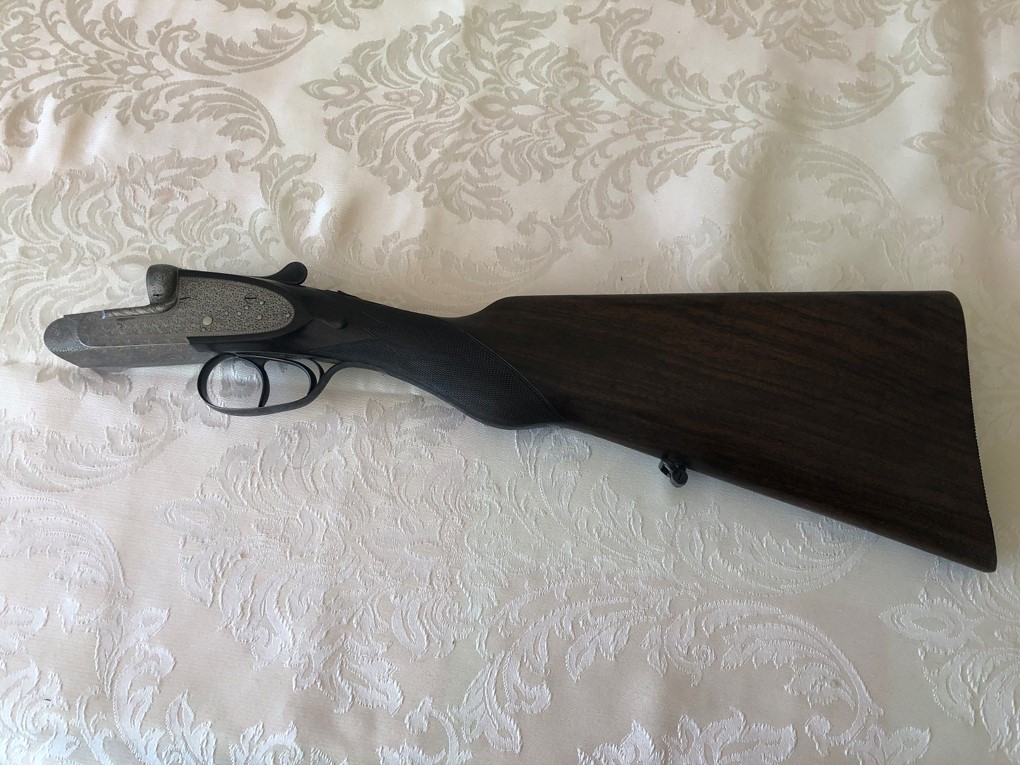
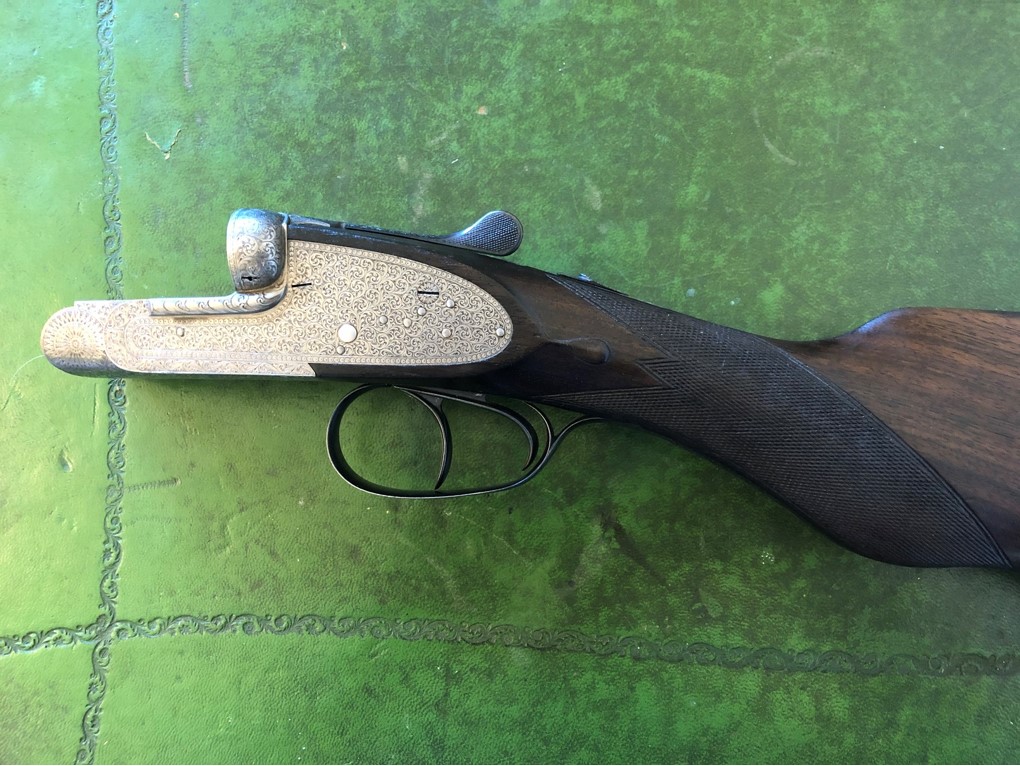
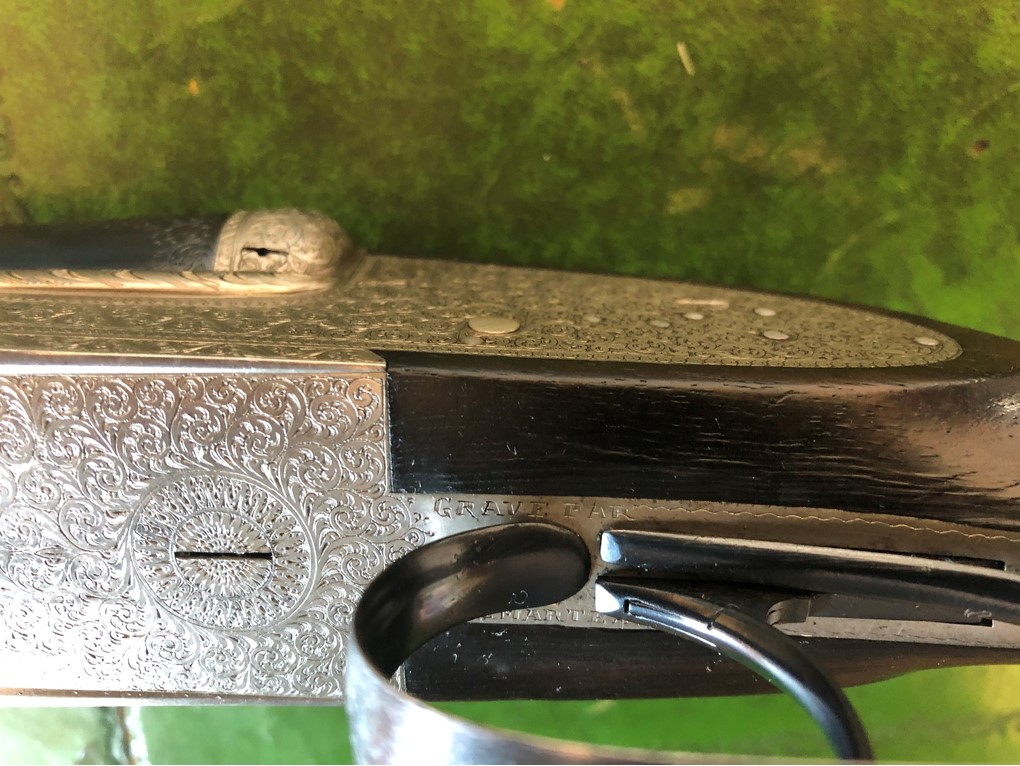
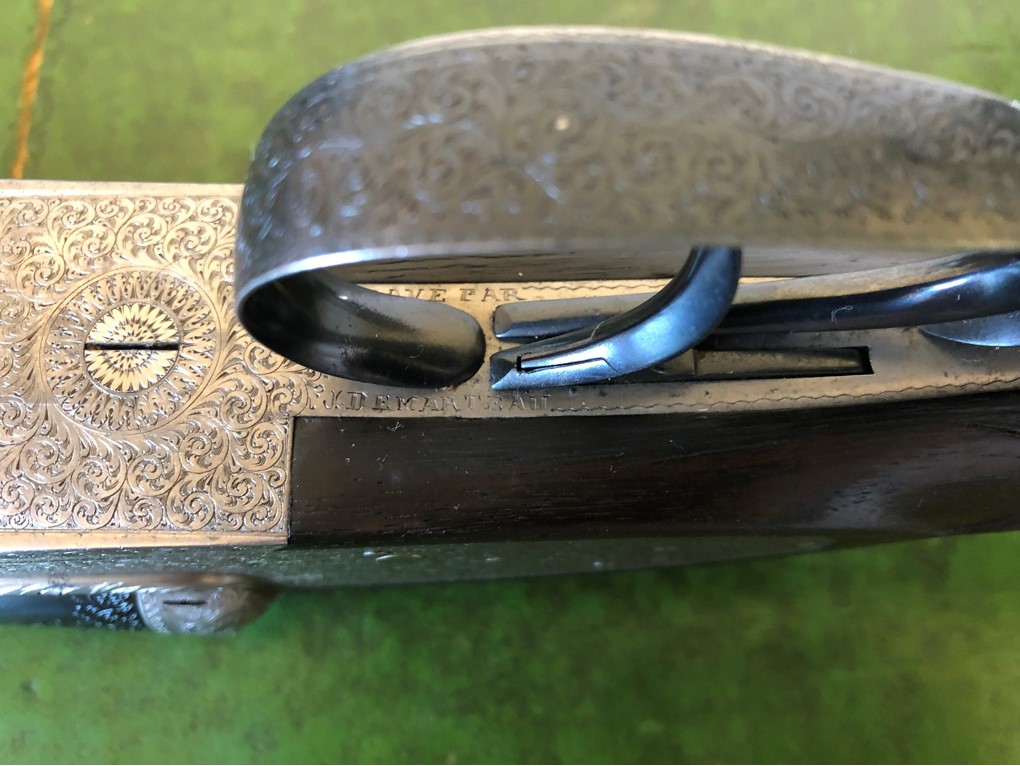

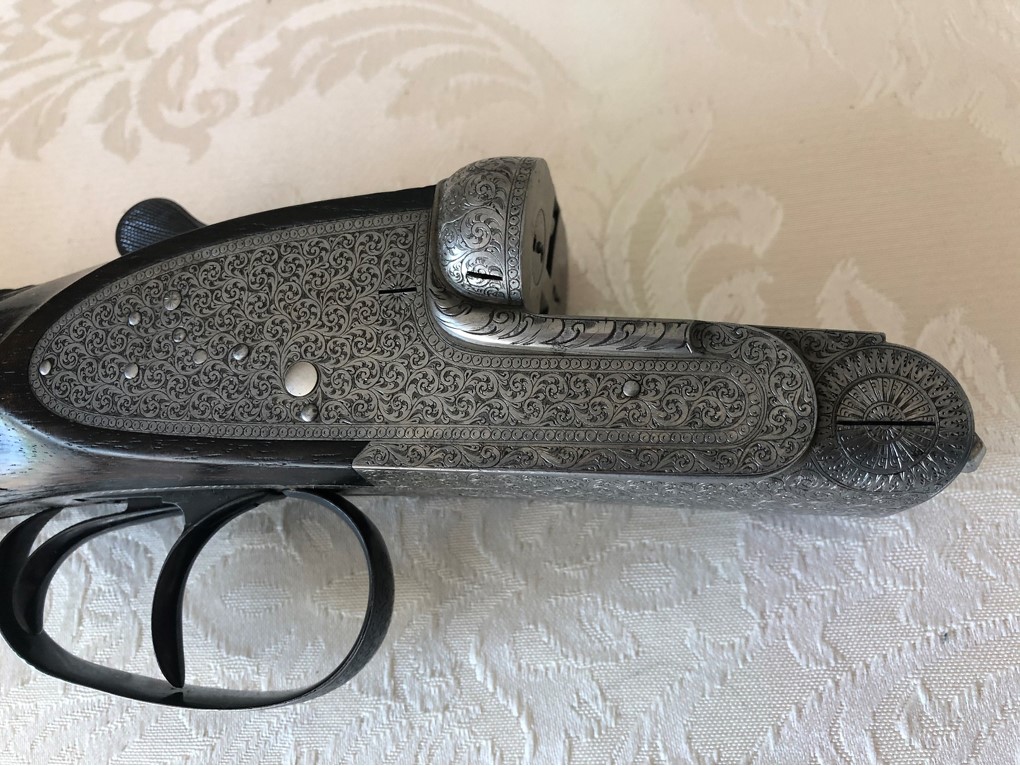
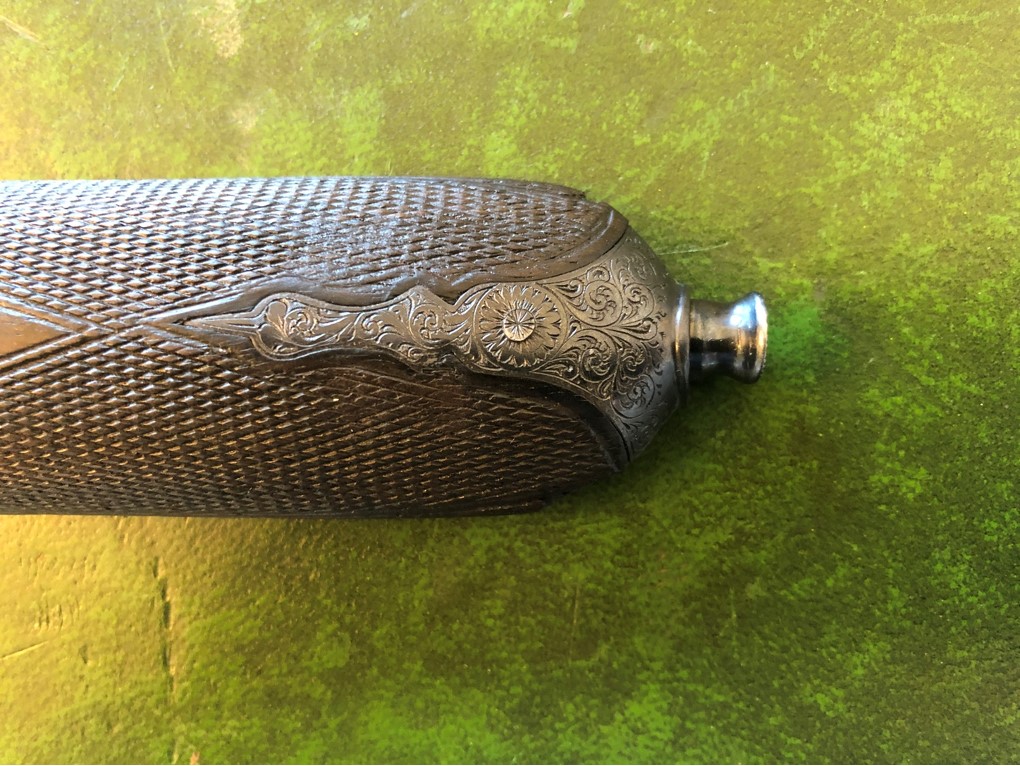

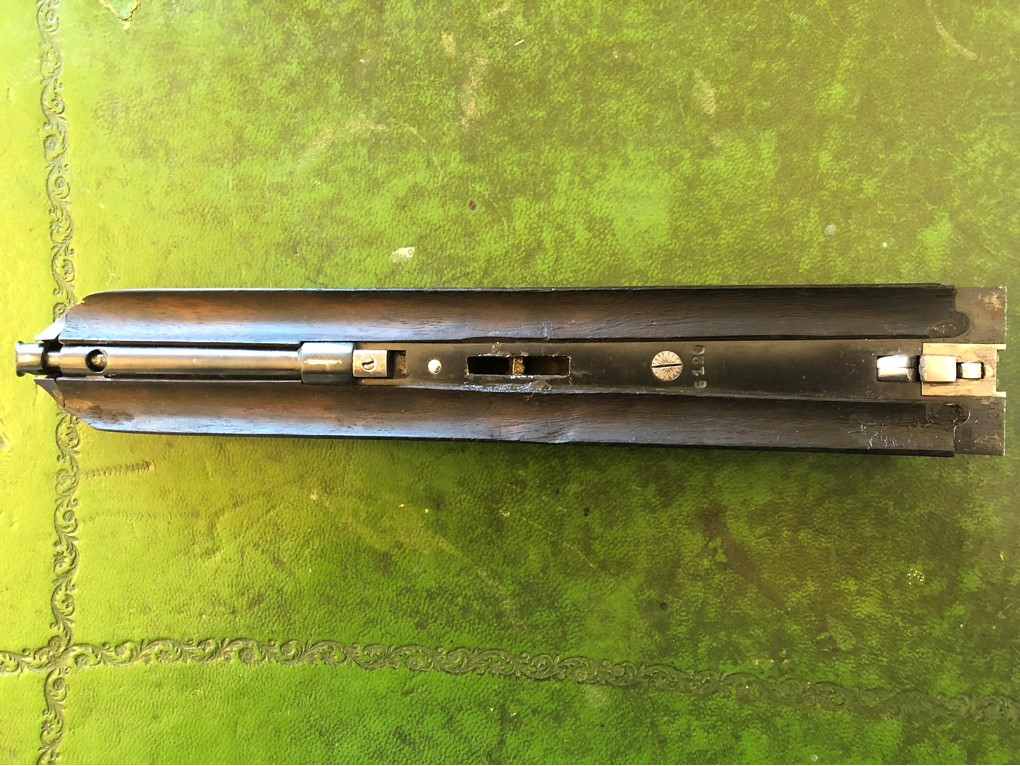
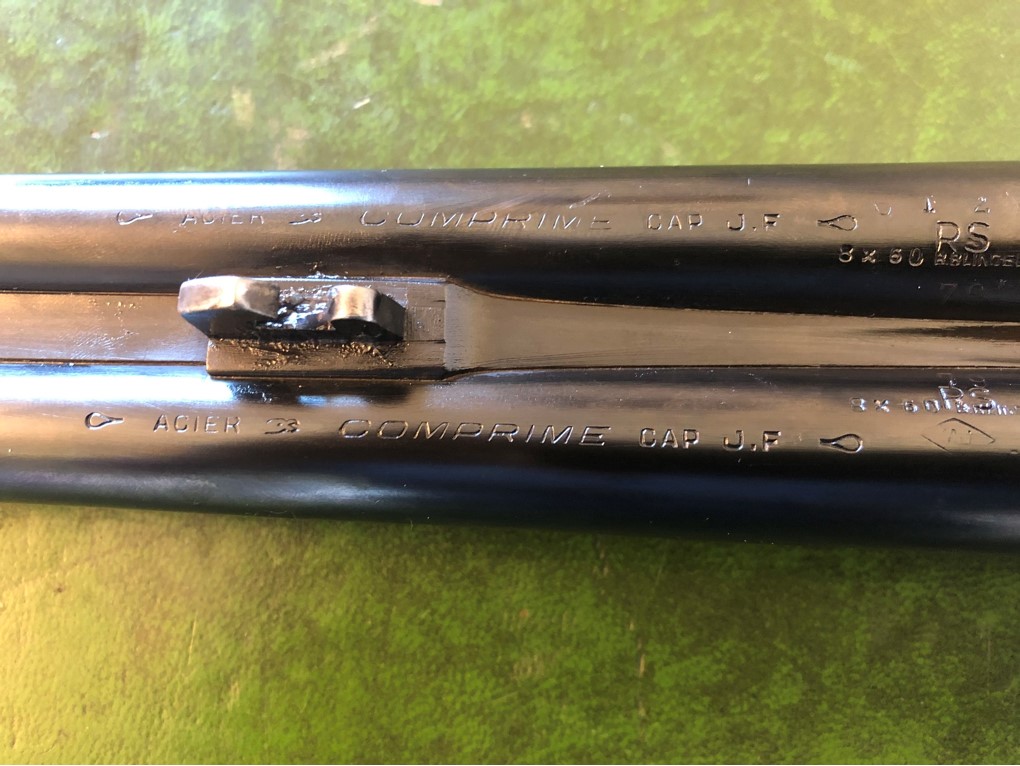
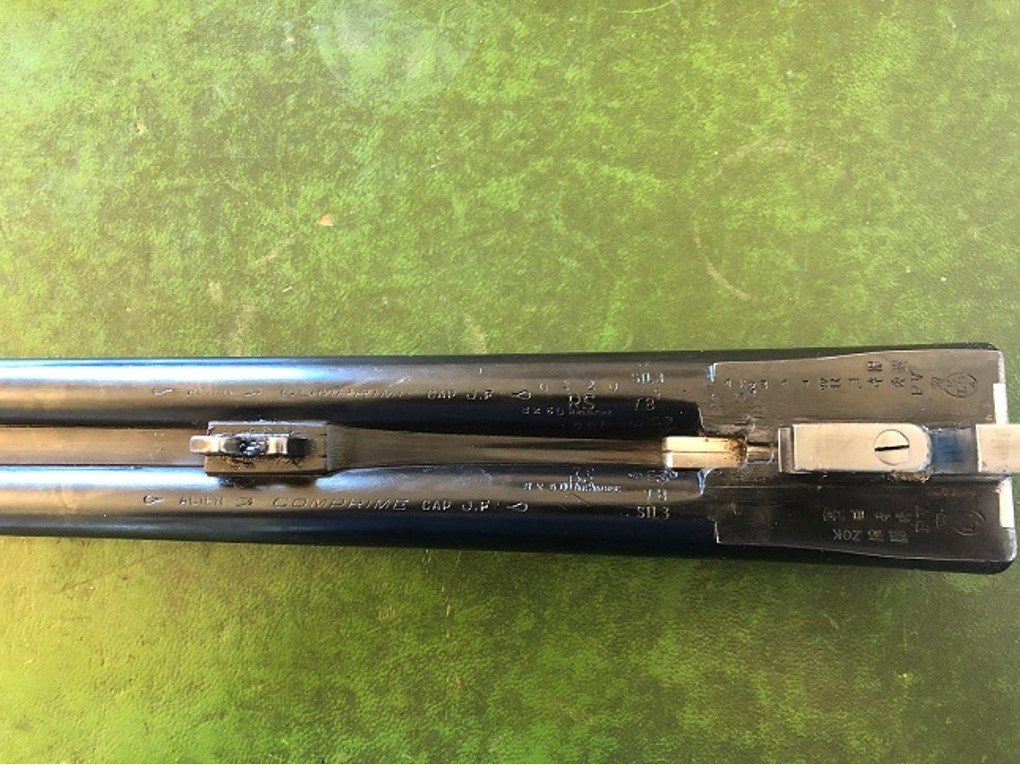
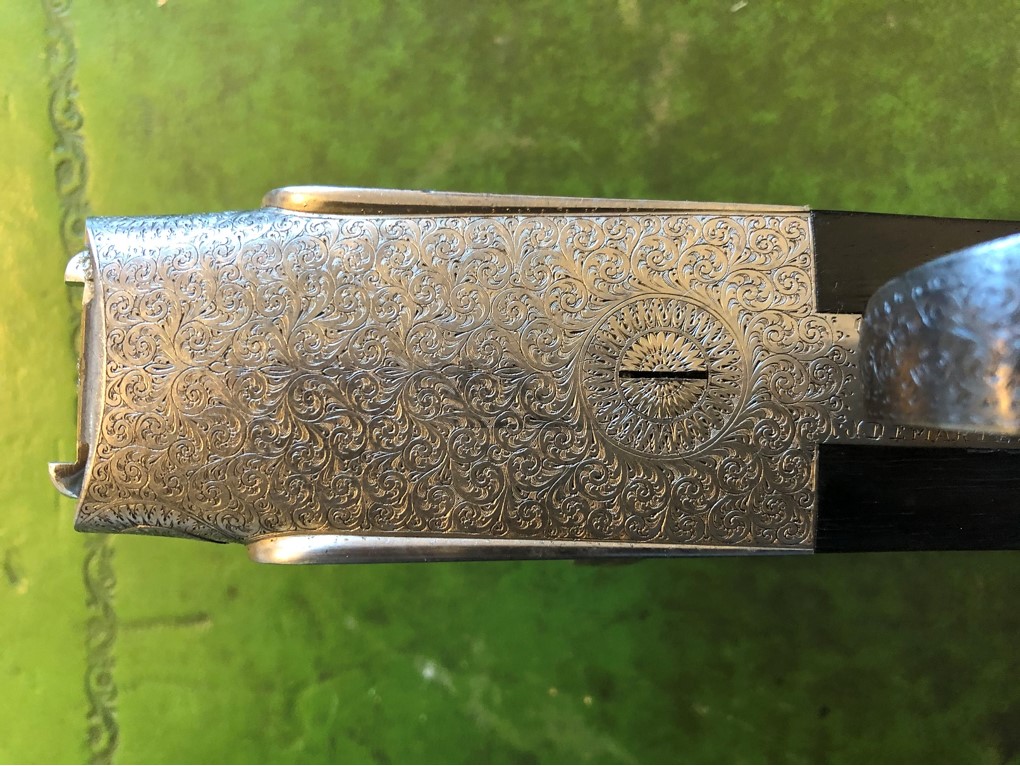
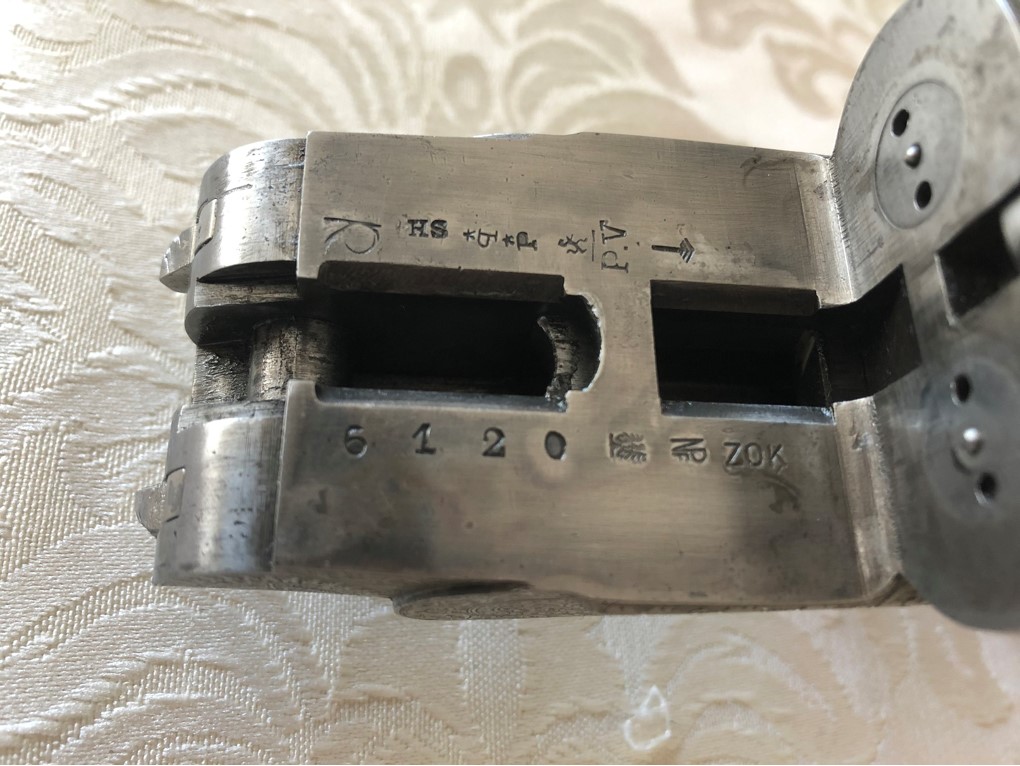
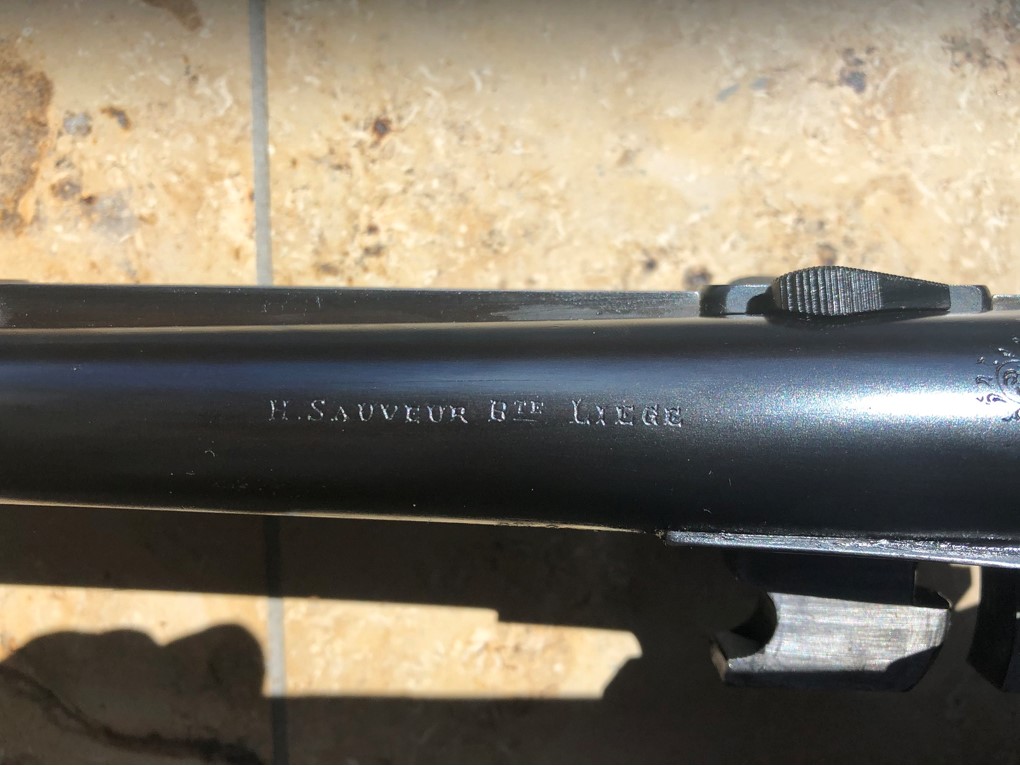
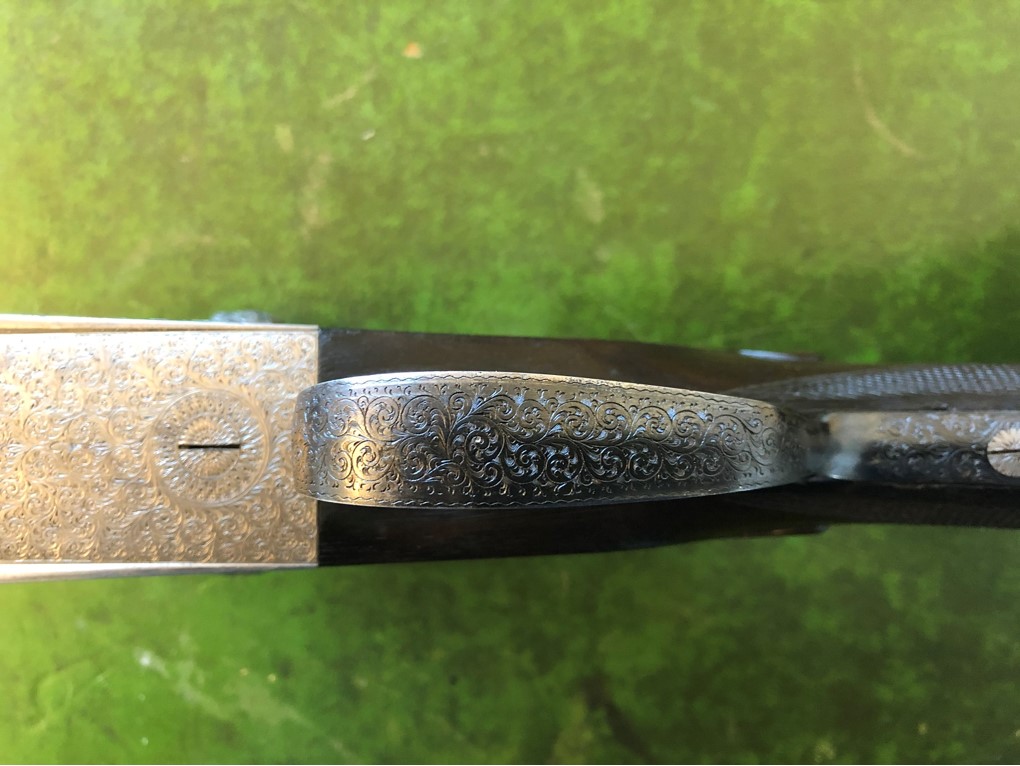
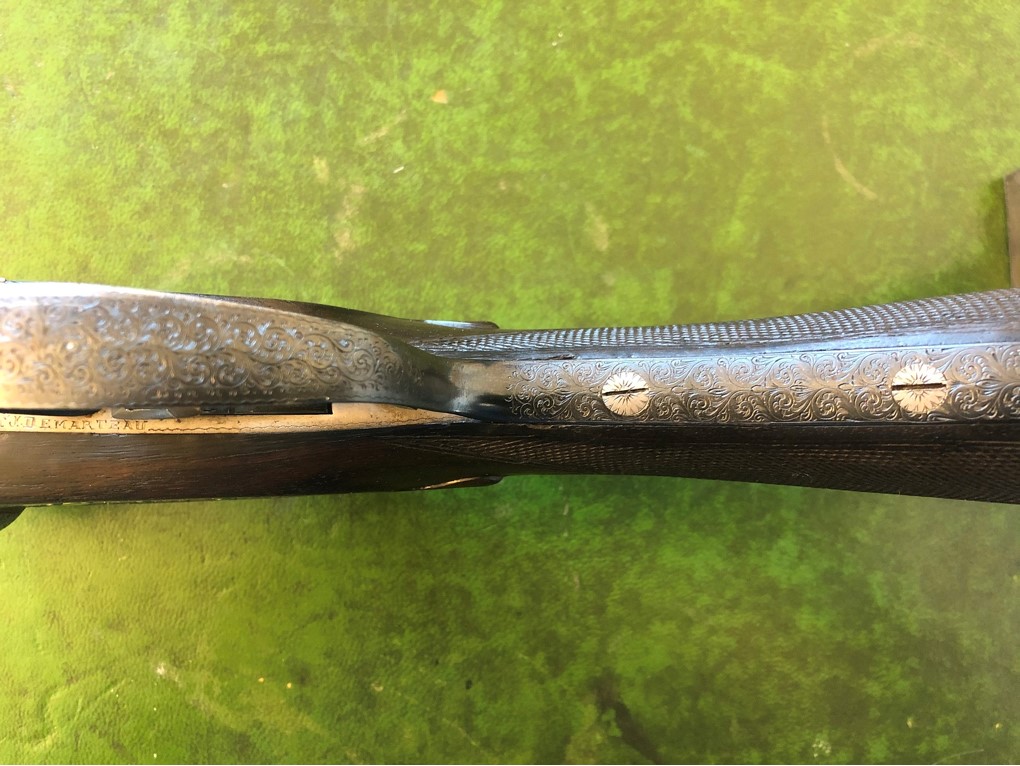
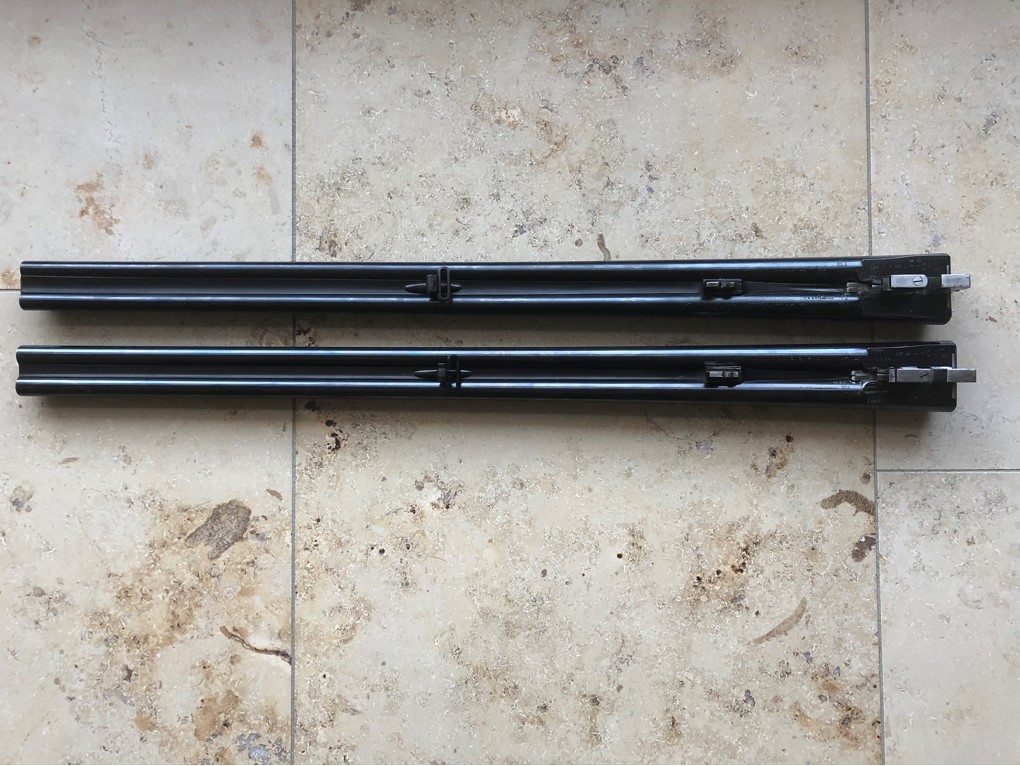
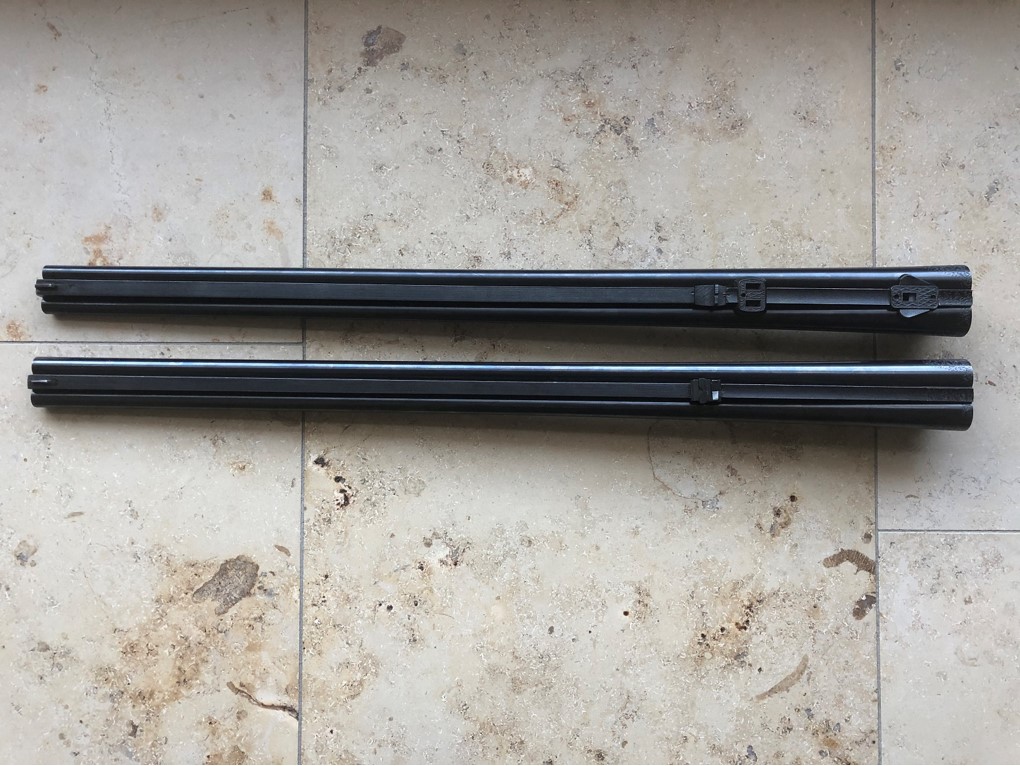
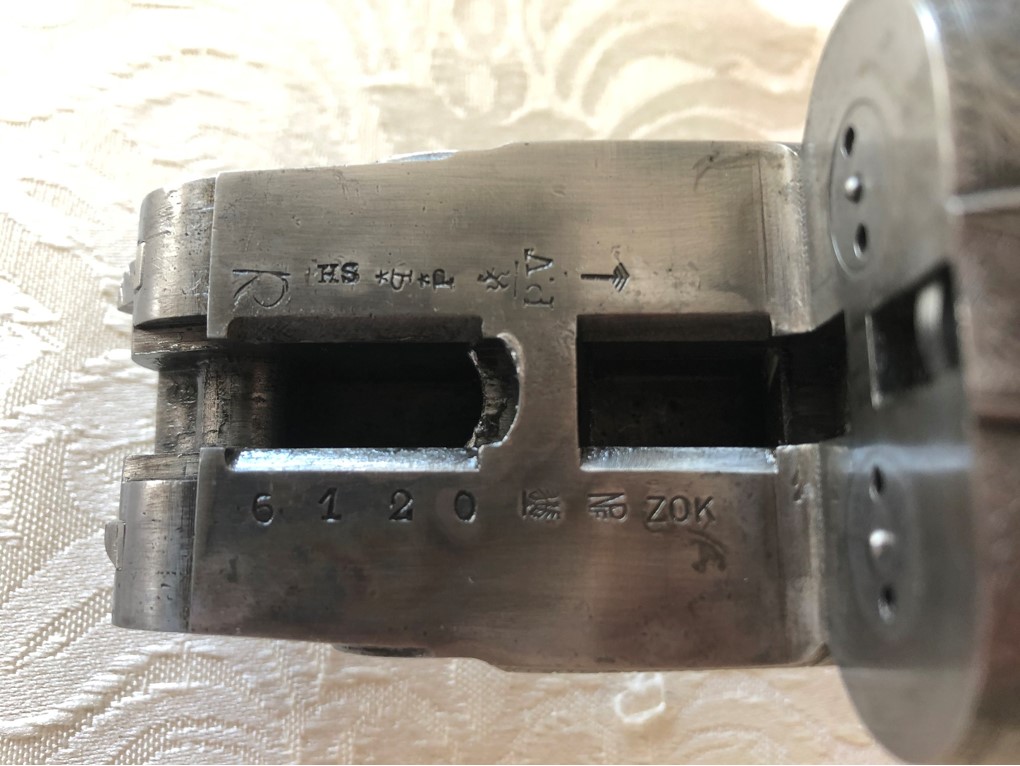

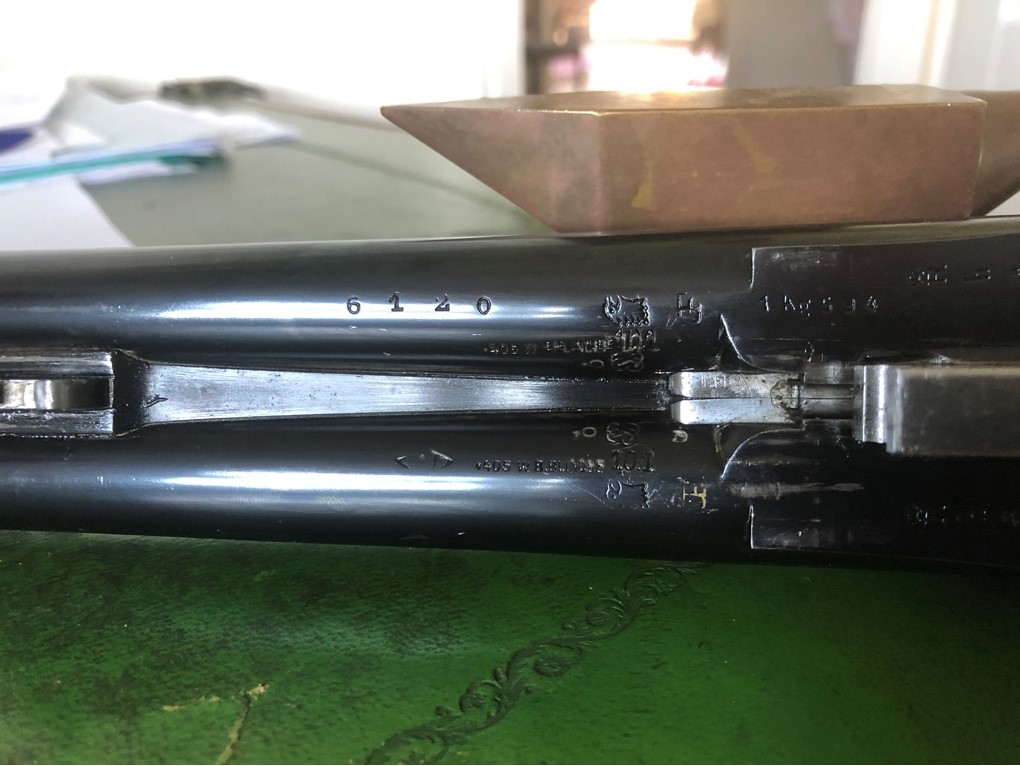

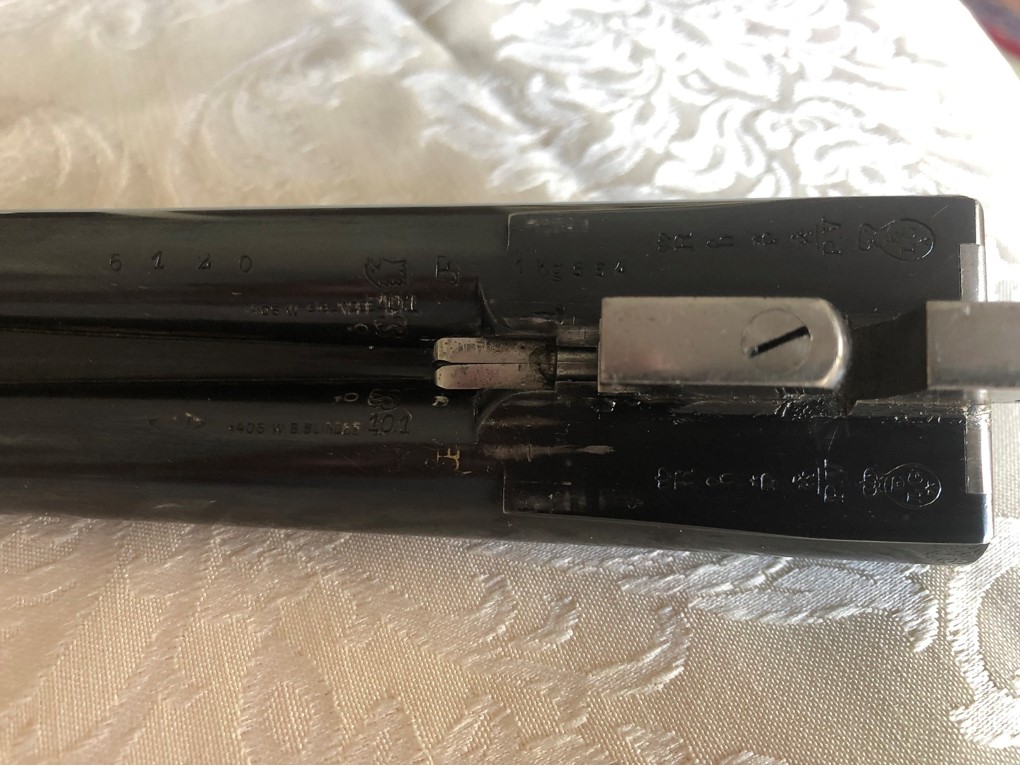
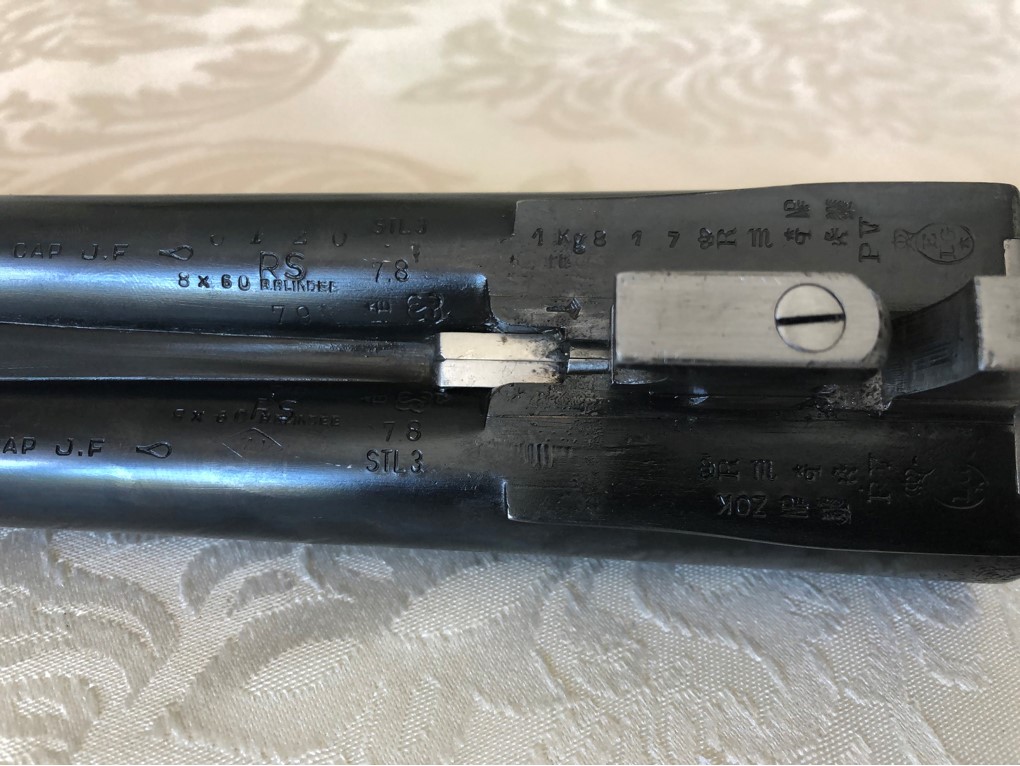
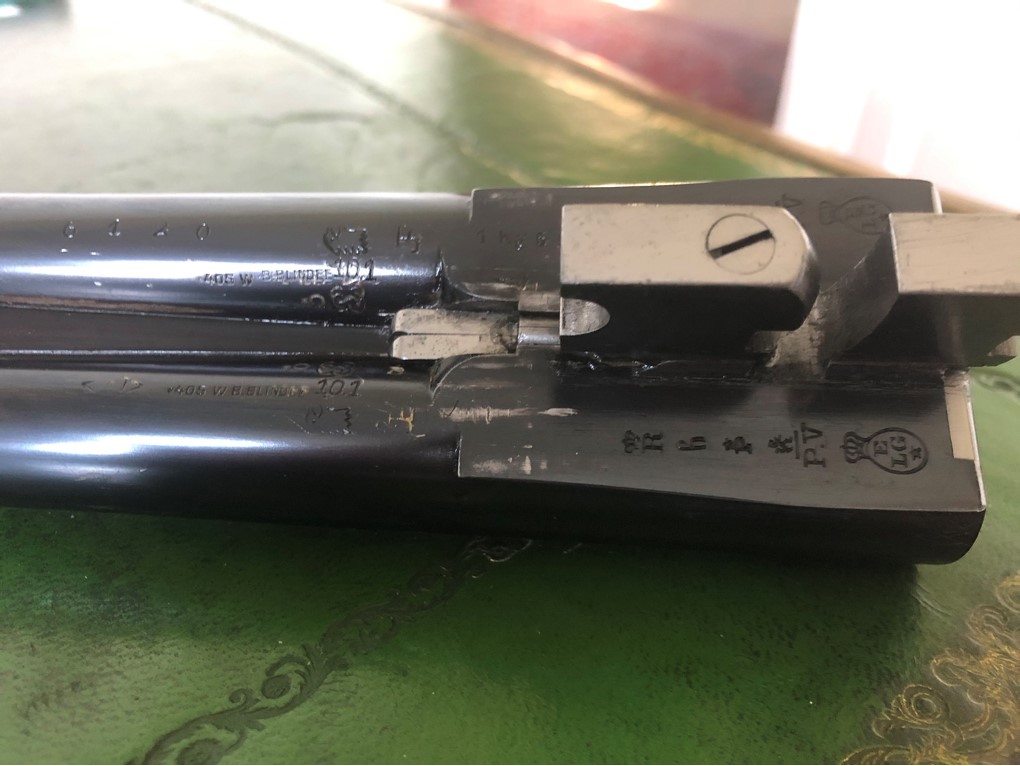
Pistol SAUVEUR
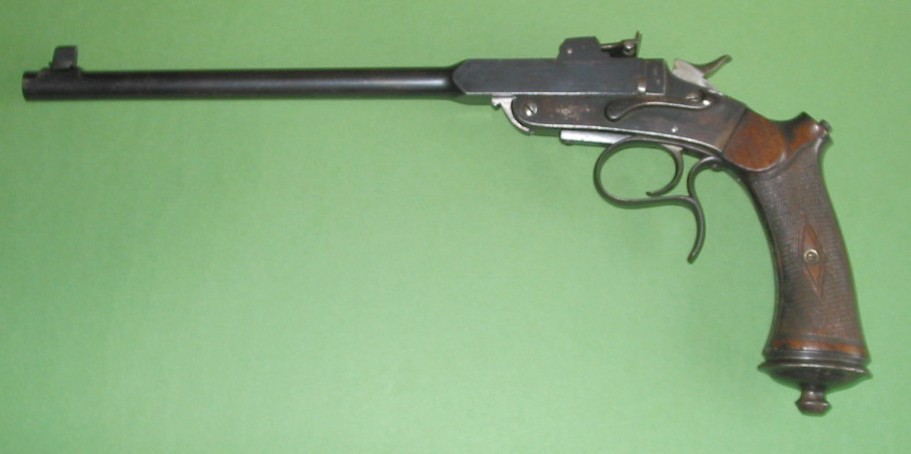


Henri SAUVEUR fils & Cie
The weapon
It is about a rifle of shooting of precision of the assembled type MARTINY Swiss way.
The barrel is octagonal and striped. The trigger guard is with volutes and spatula.
Punches
Is none visible on the photographs?
Marks
Mark HS in a rhombus is struck the barrel, it belongs to the manufactory of weapons Henri SAUVEUR FILS & Co street Except Château, 9 in LIEGE. The firm was registered with the proofhouse of Liege of 1908 to 1938.
Does mark HS MOSANE indicate probably the name of your weapon?
724: is certainly a serial number.
GG
